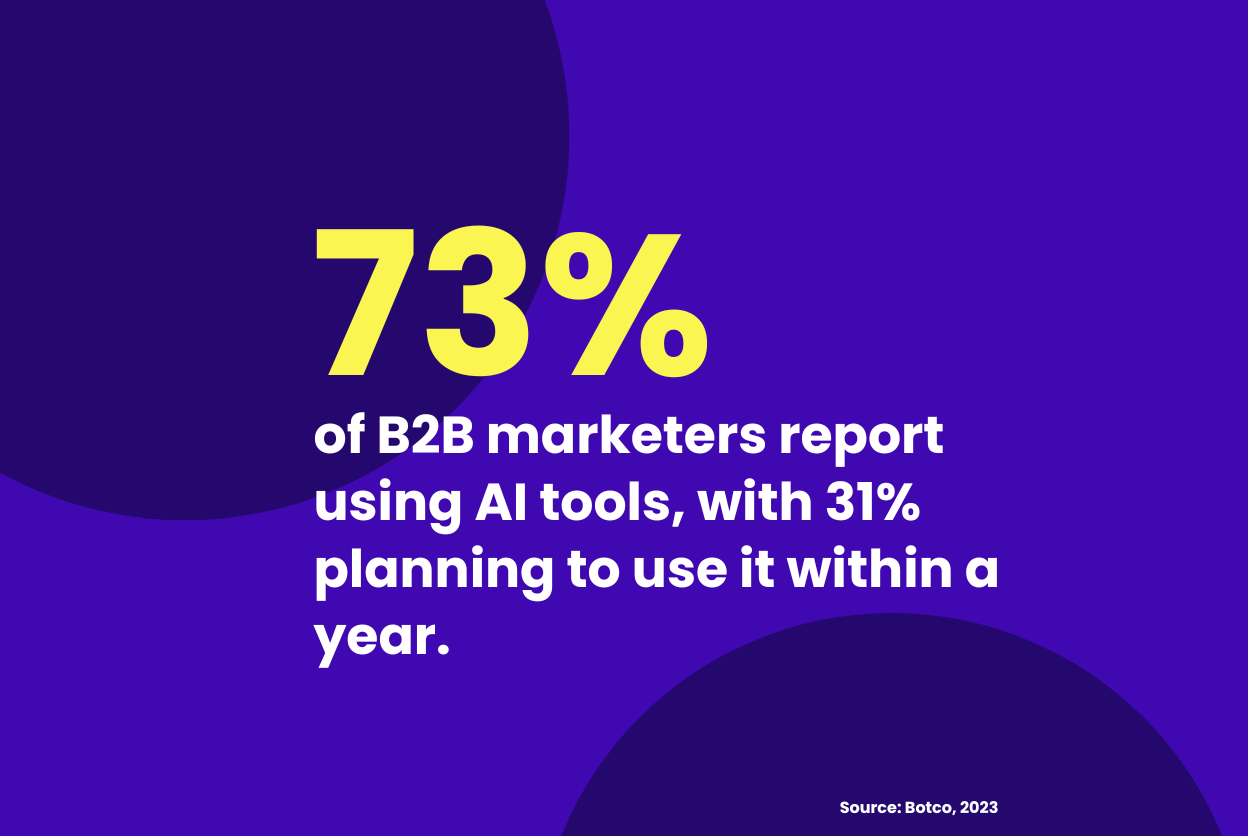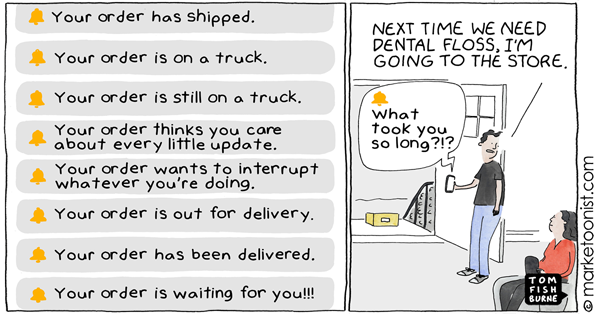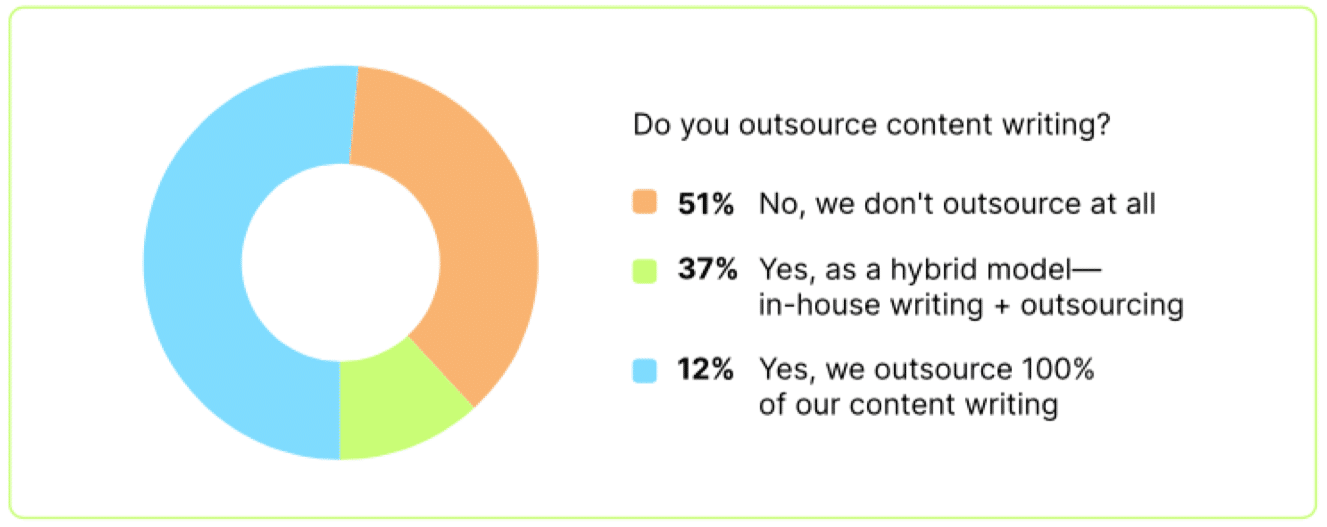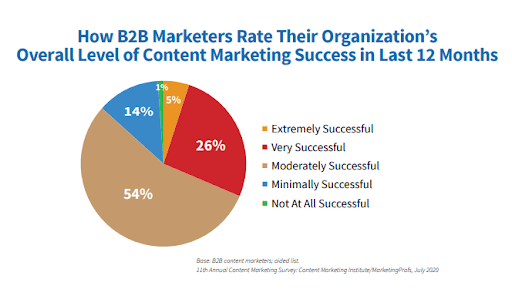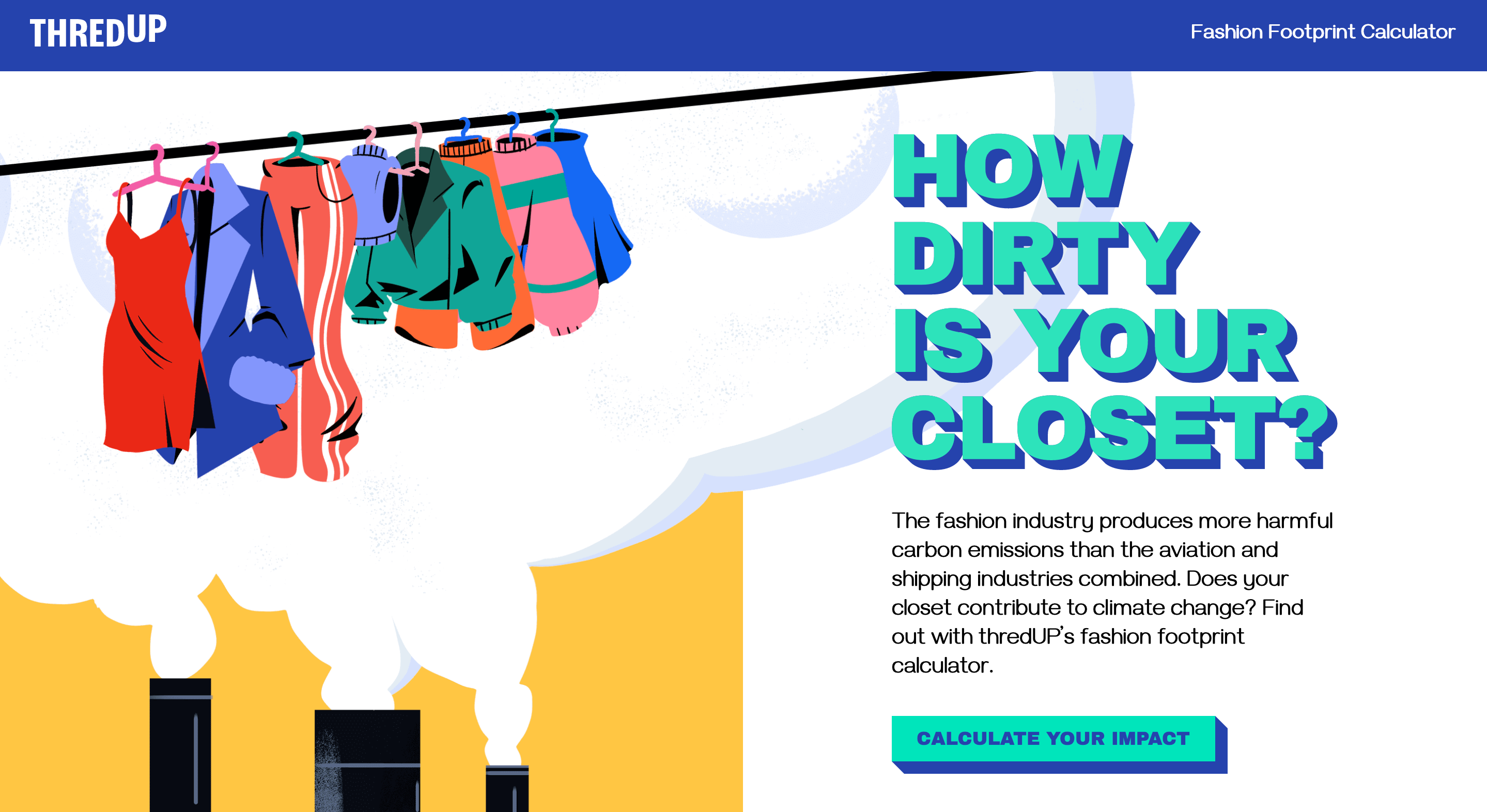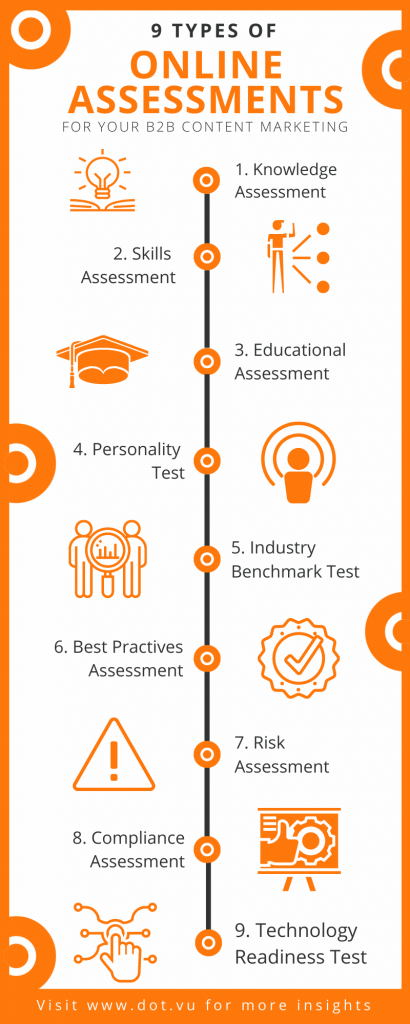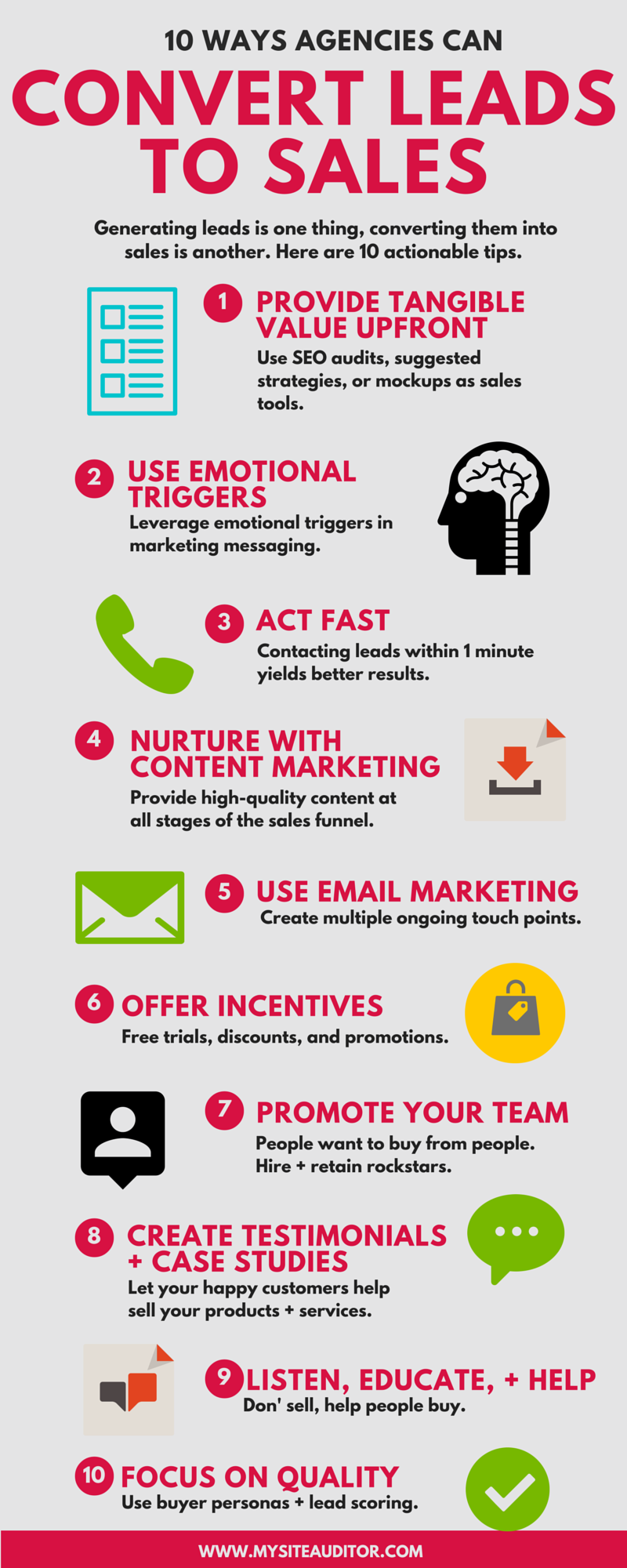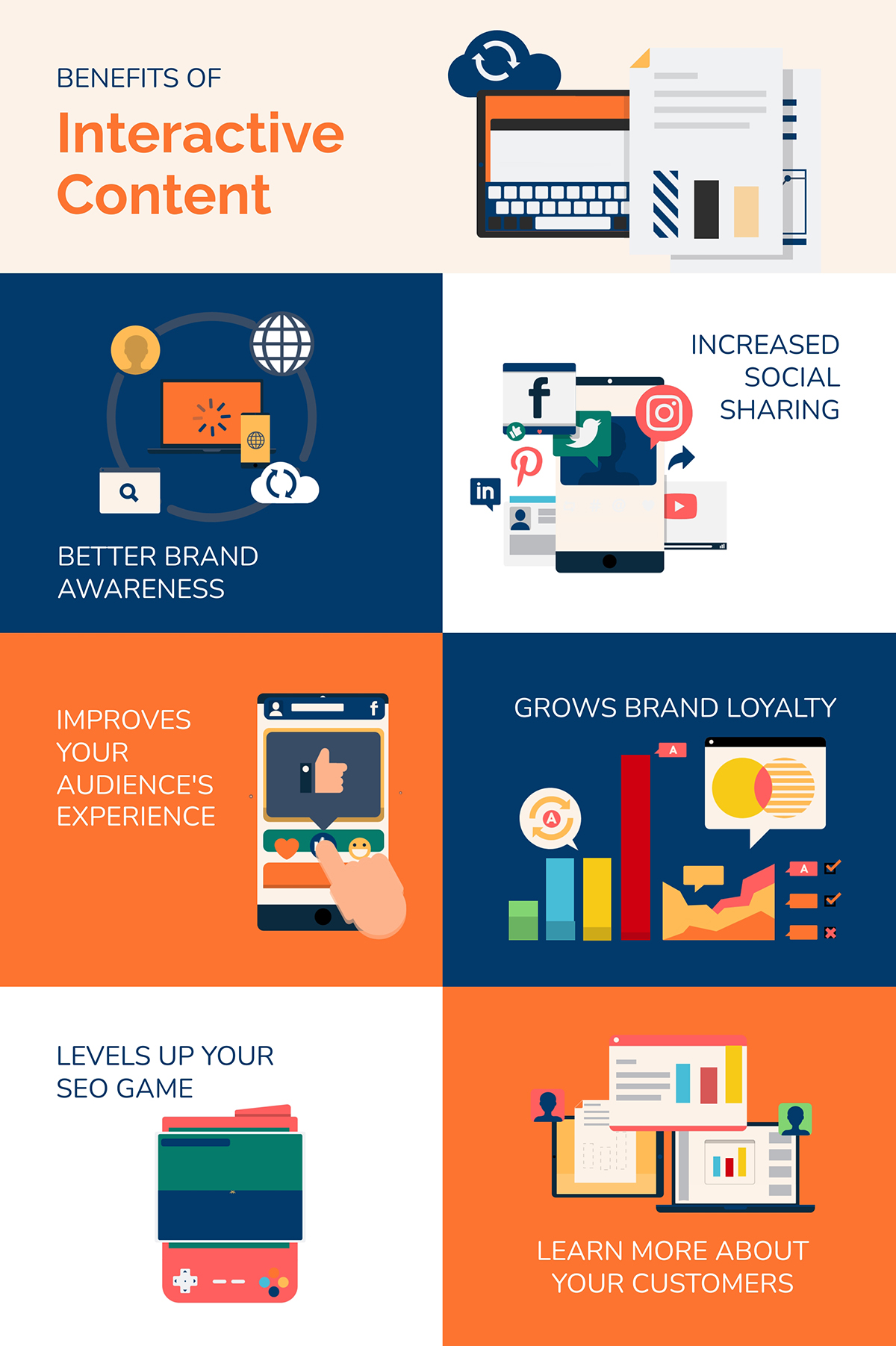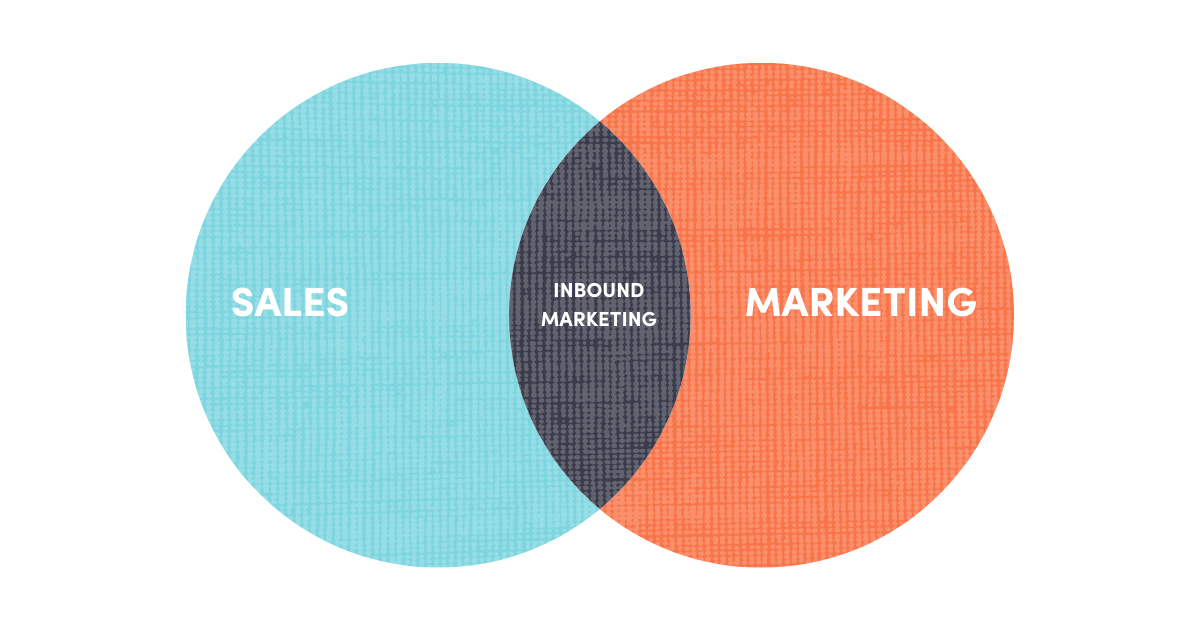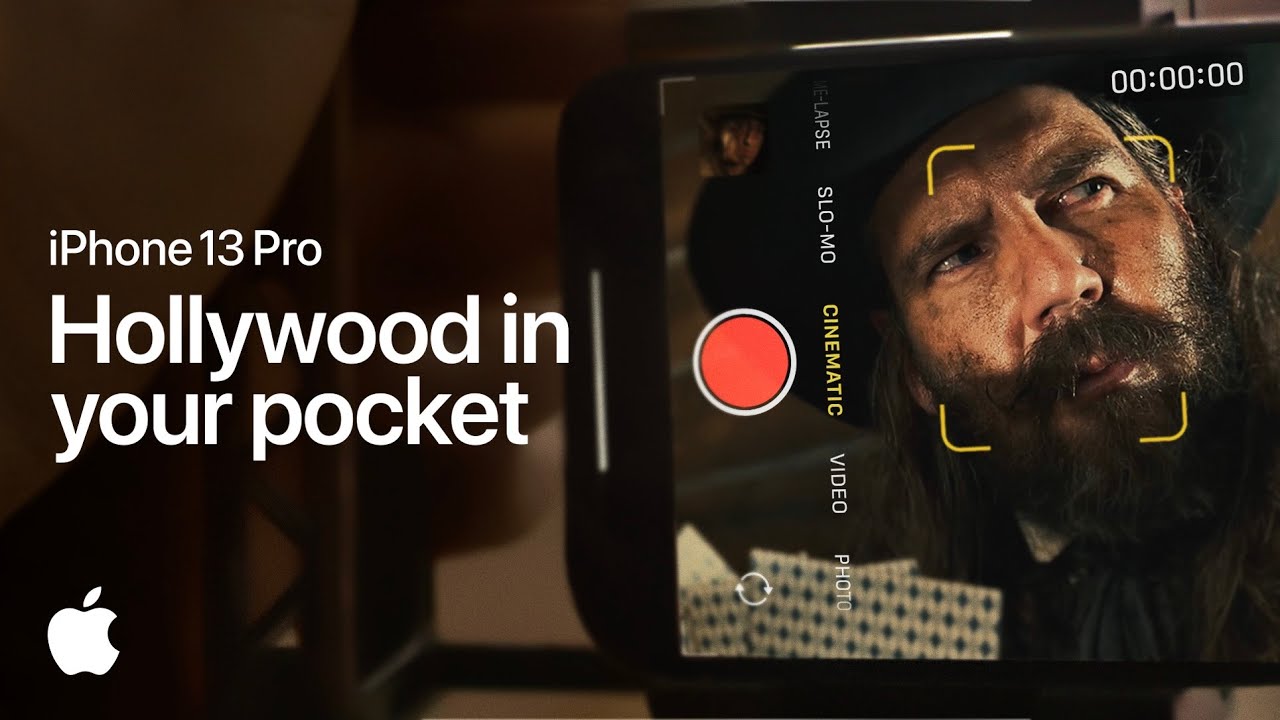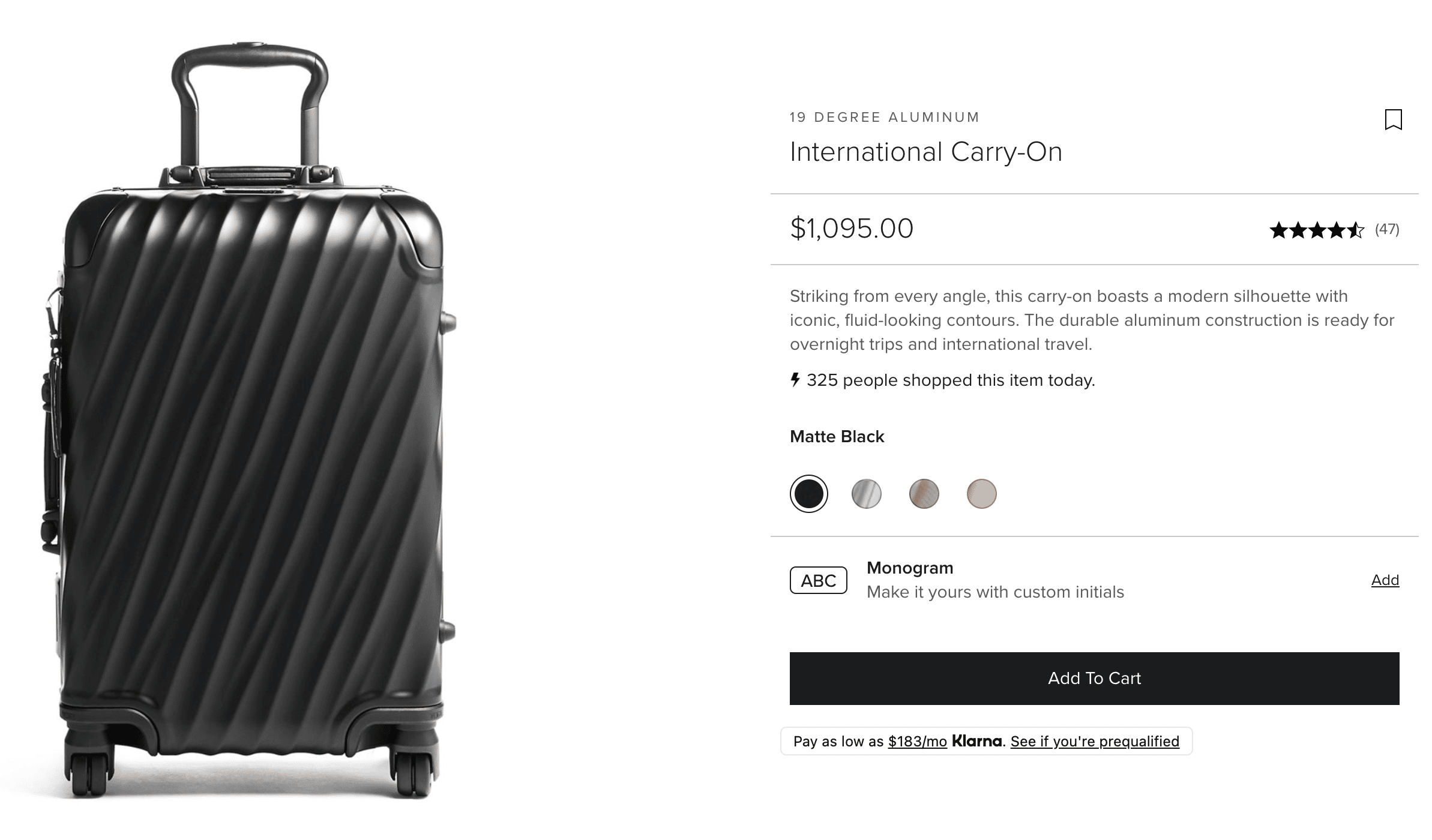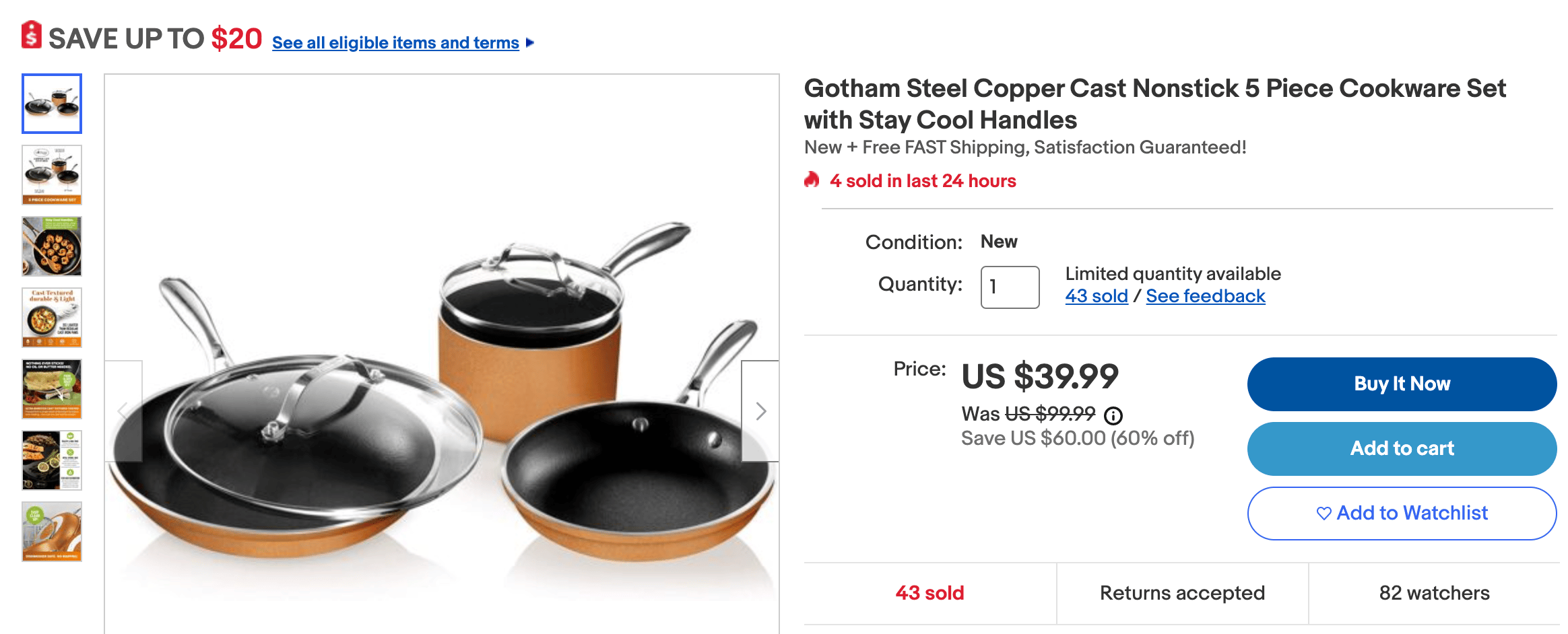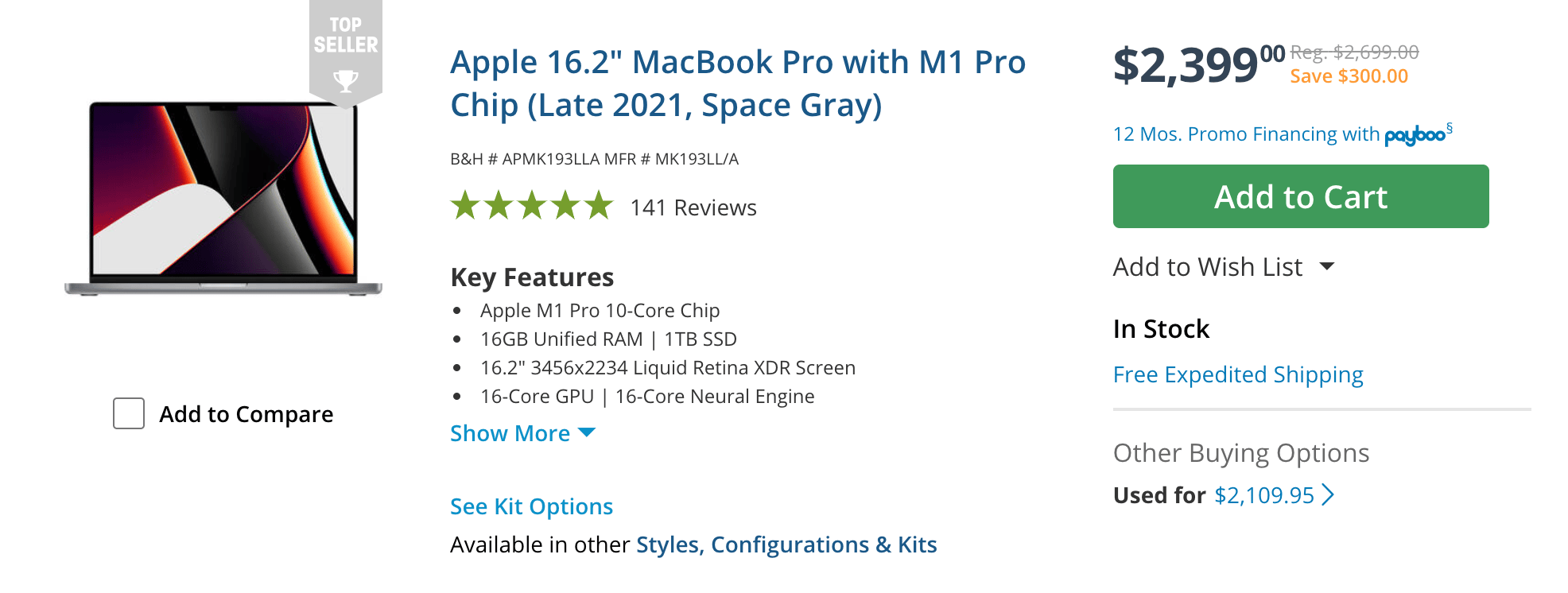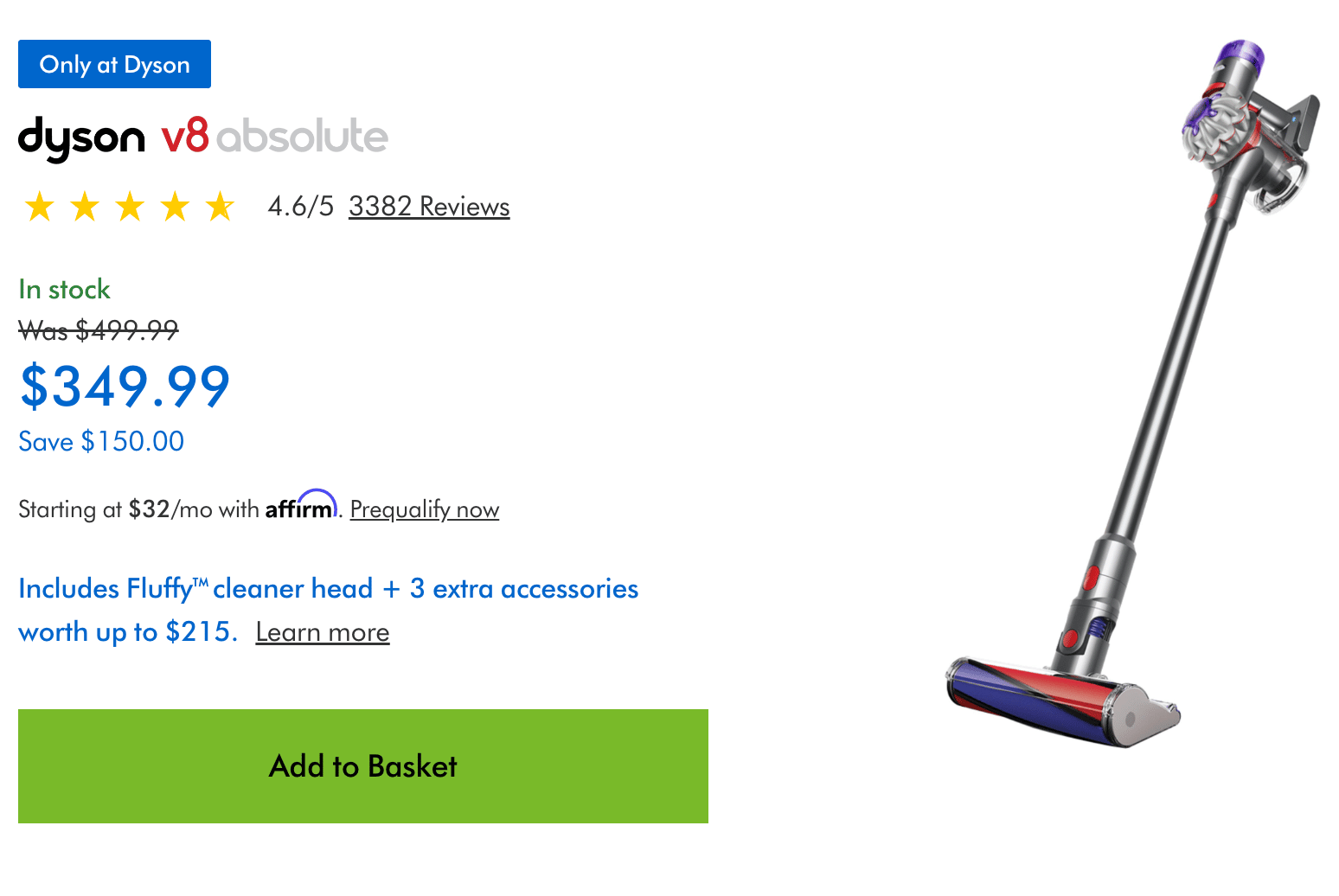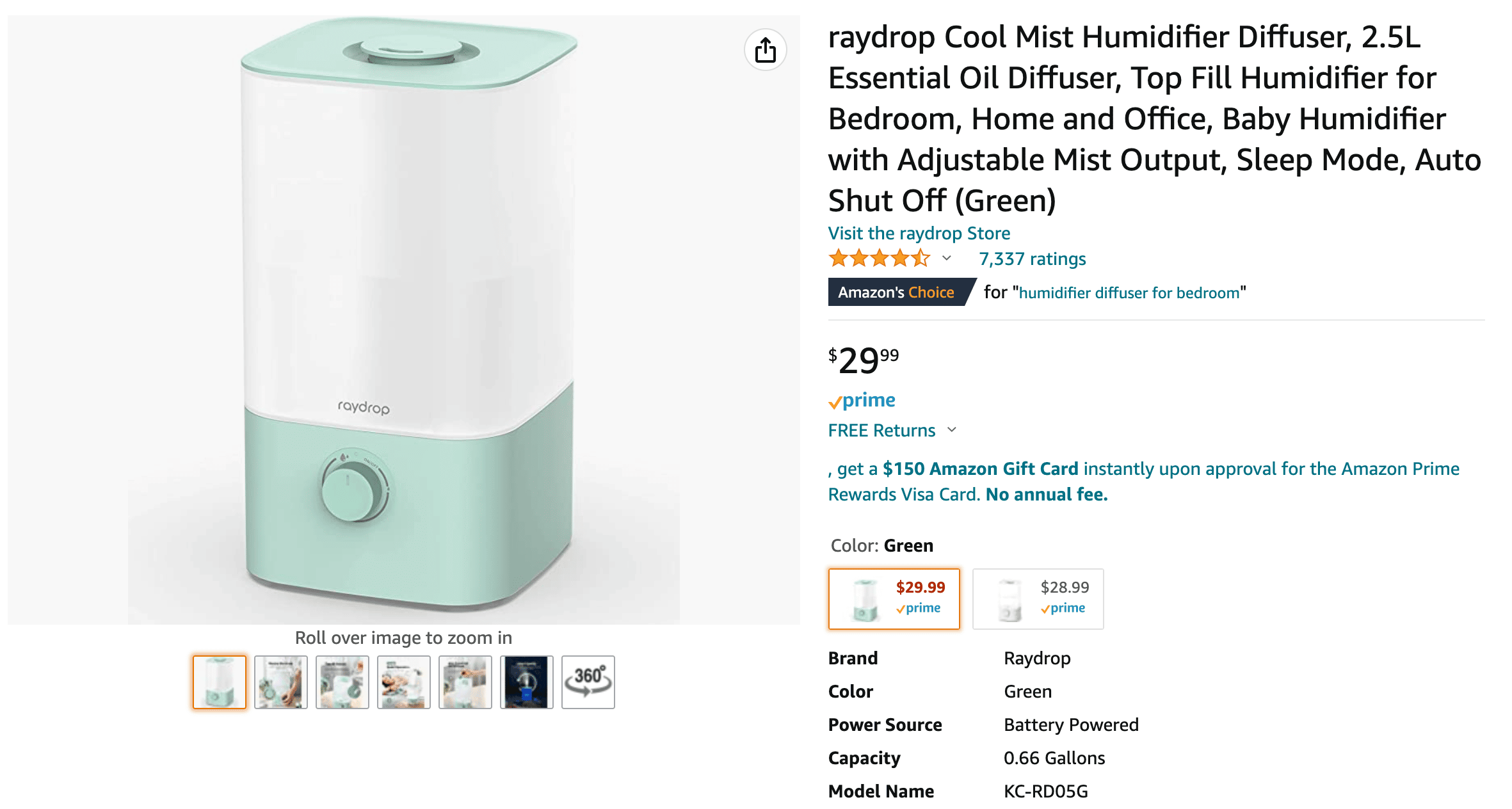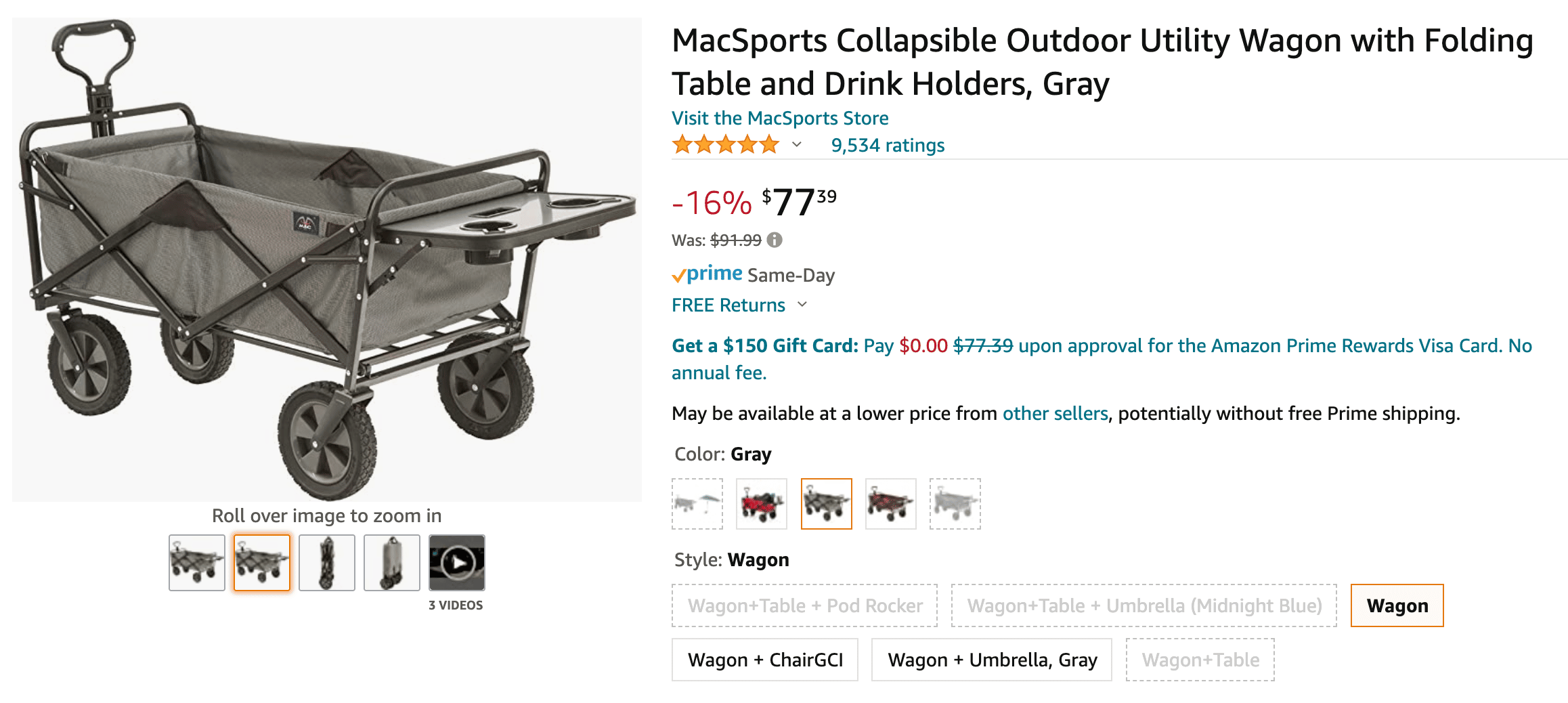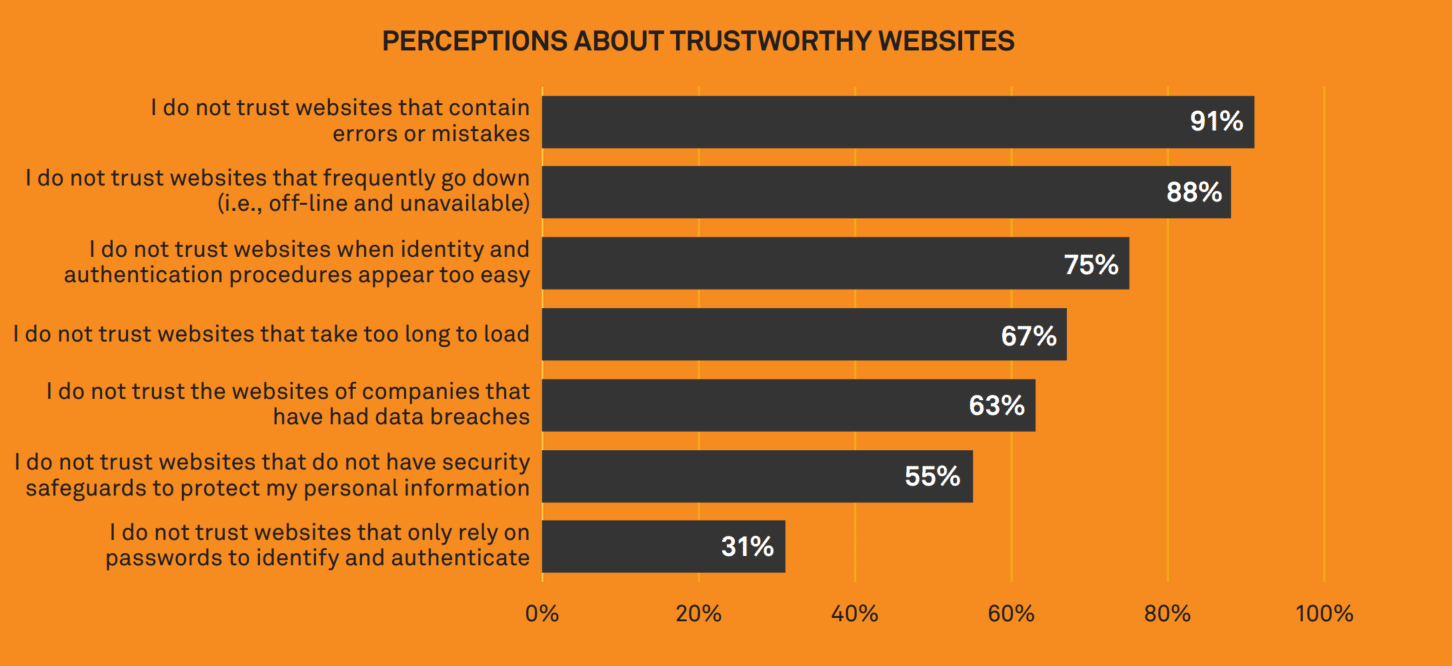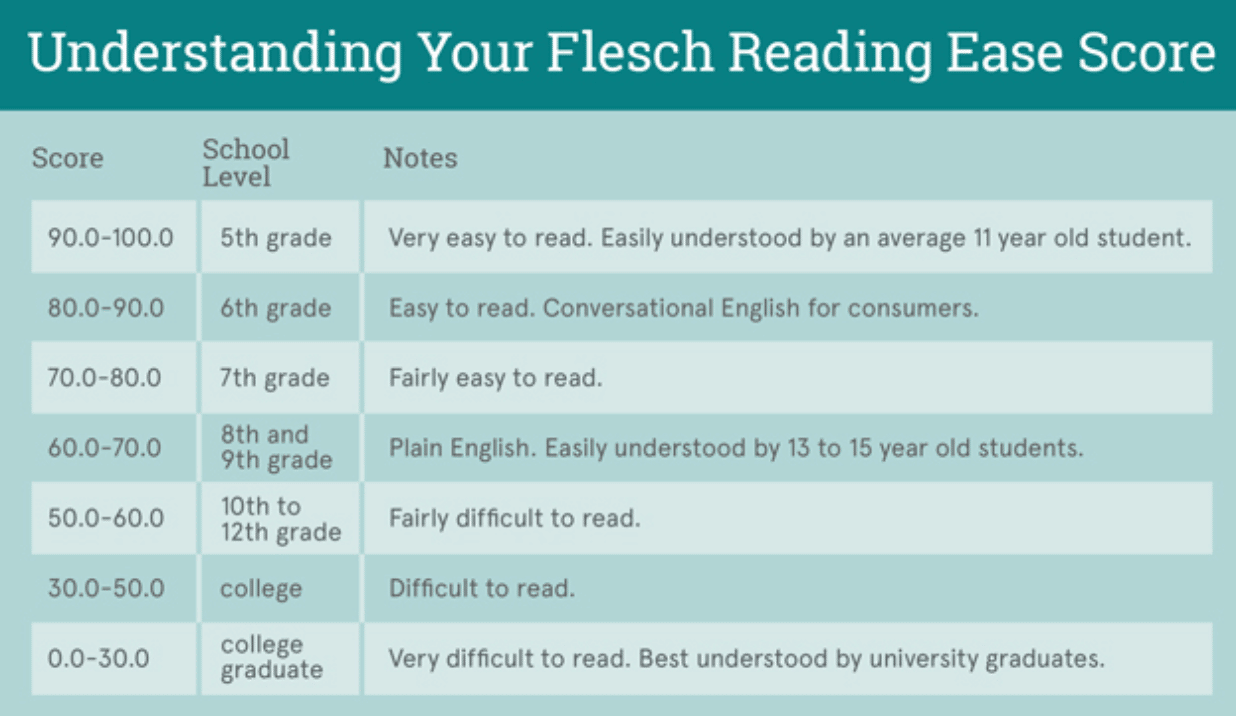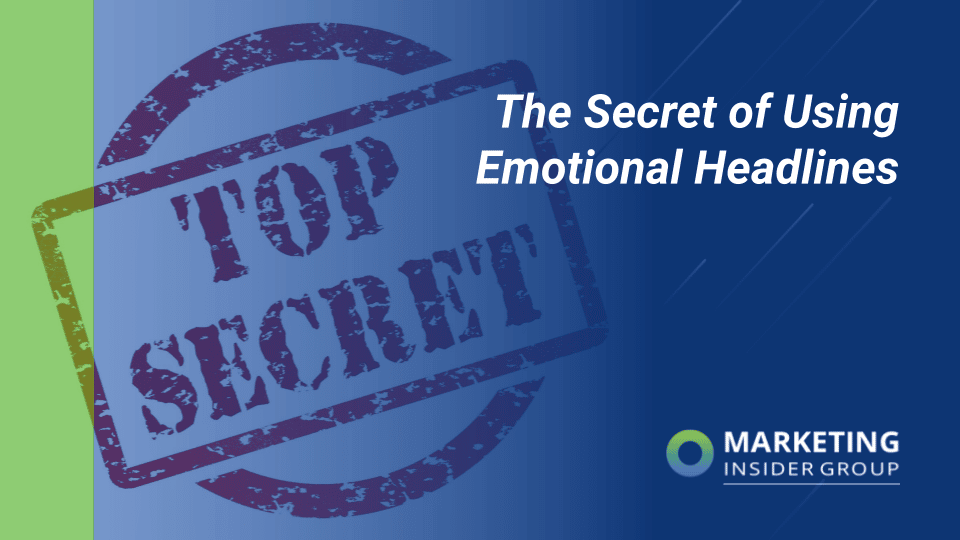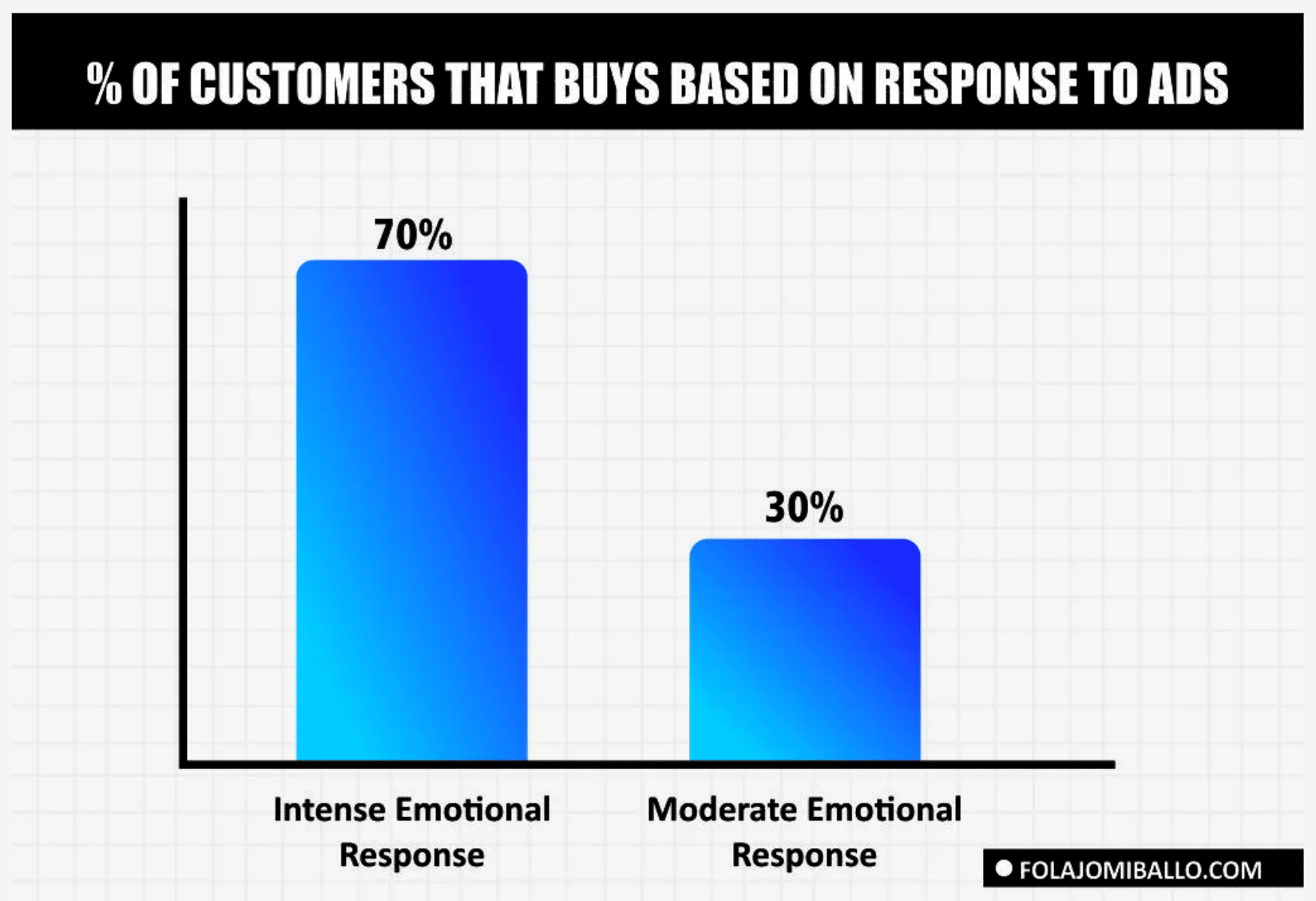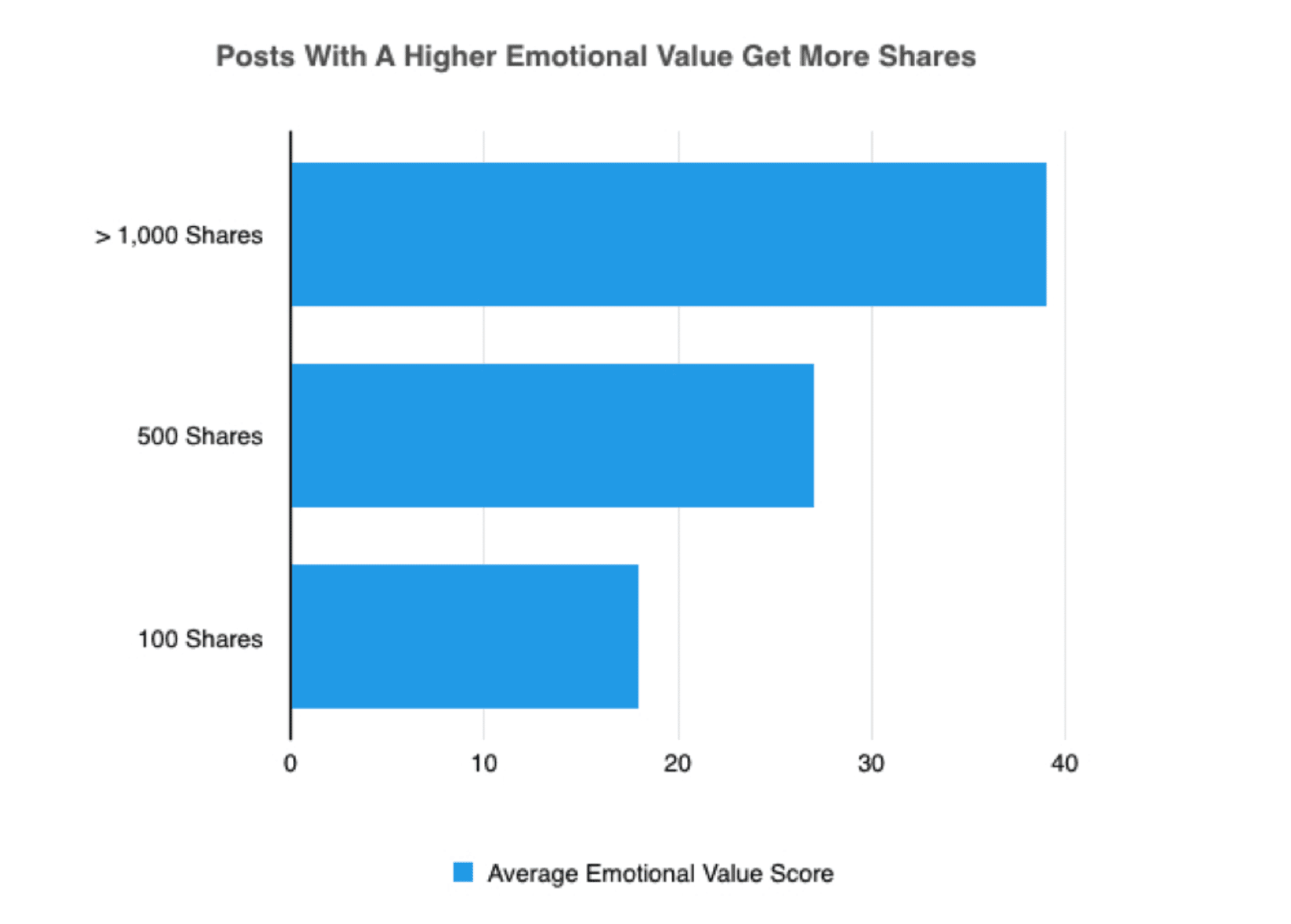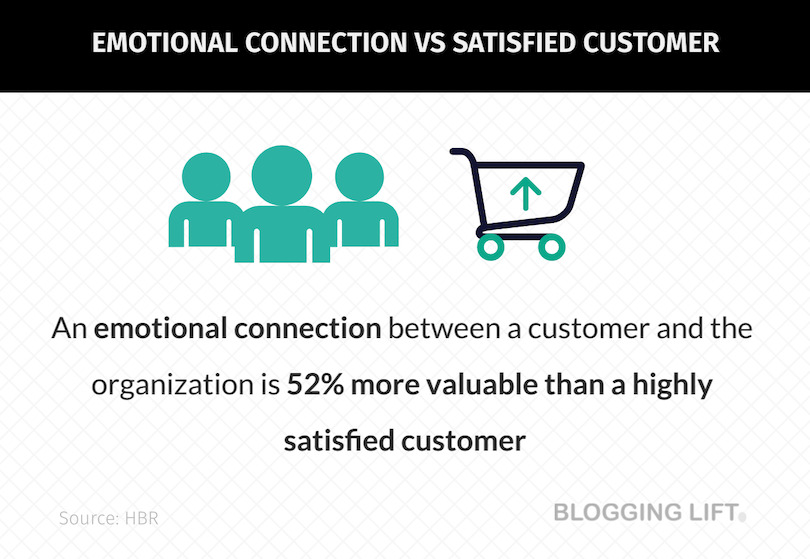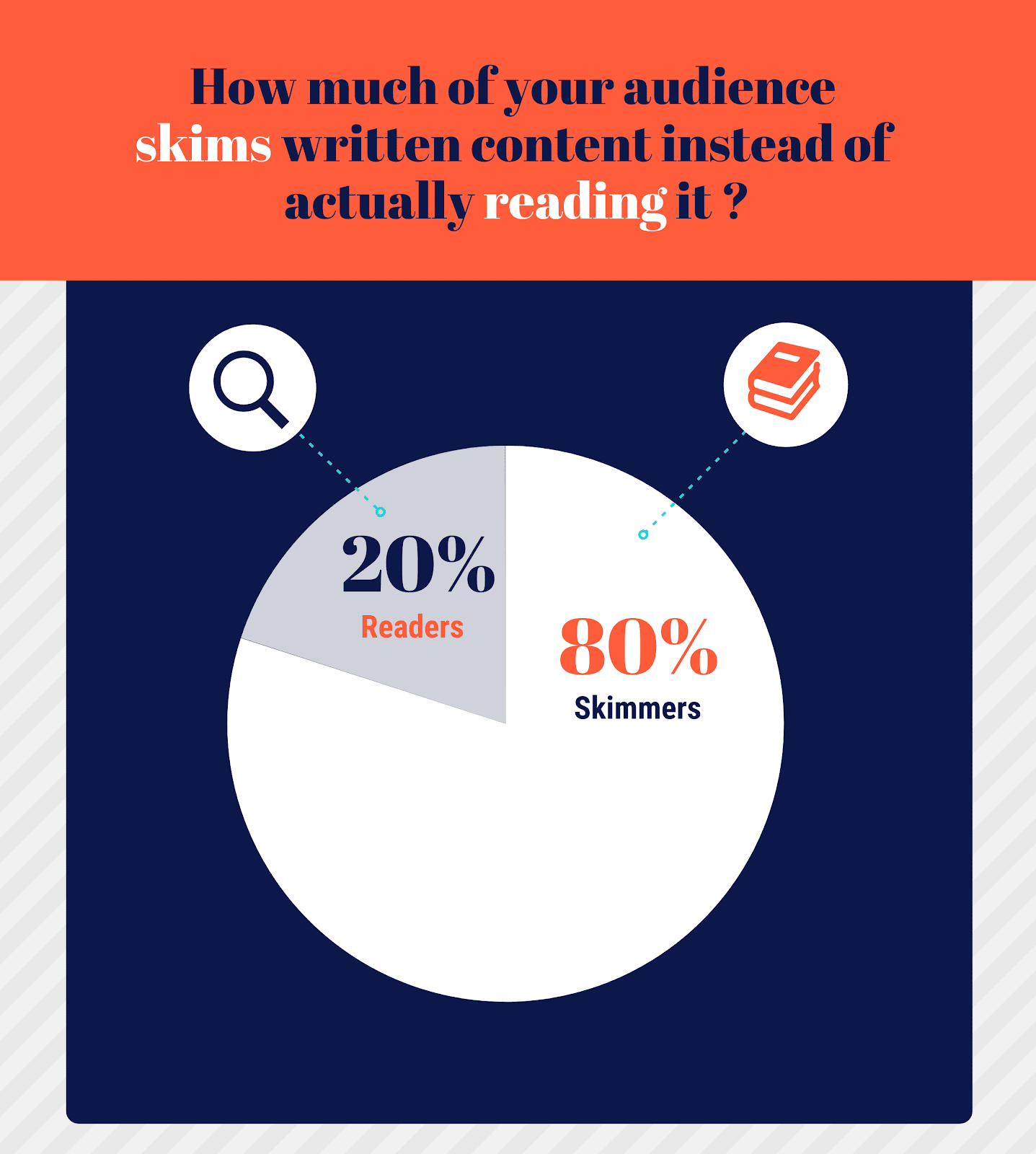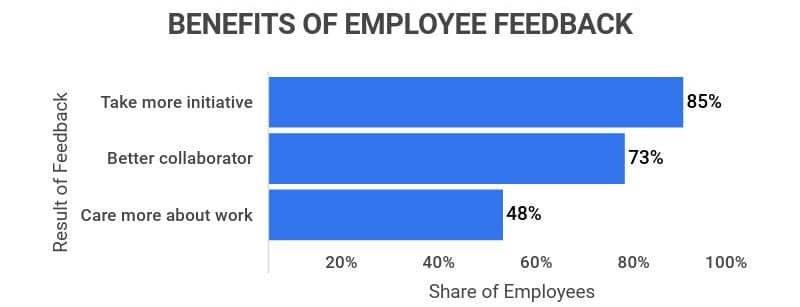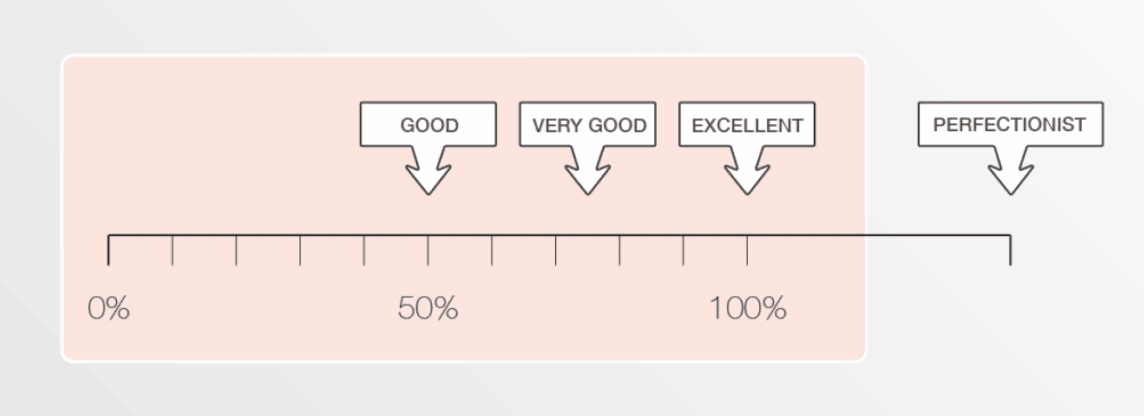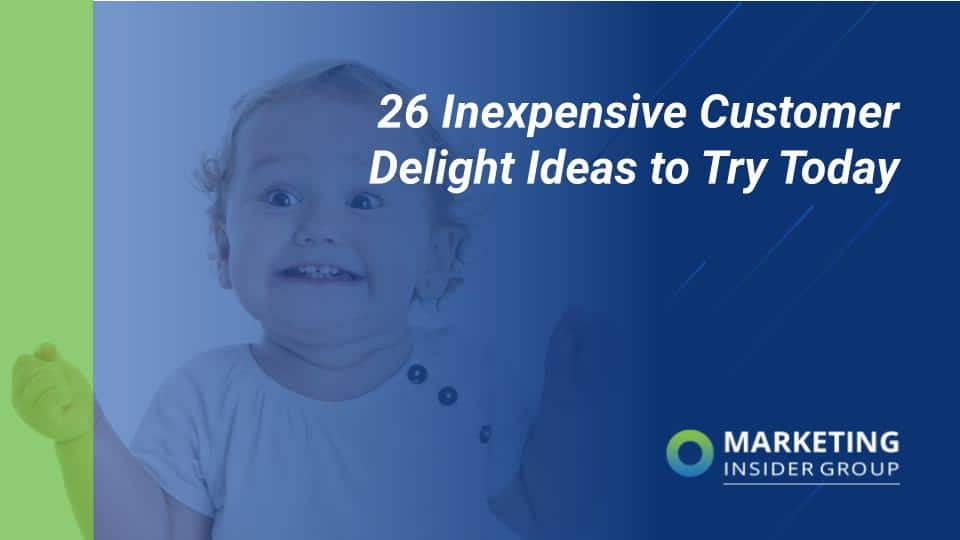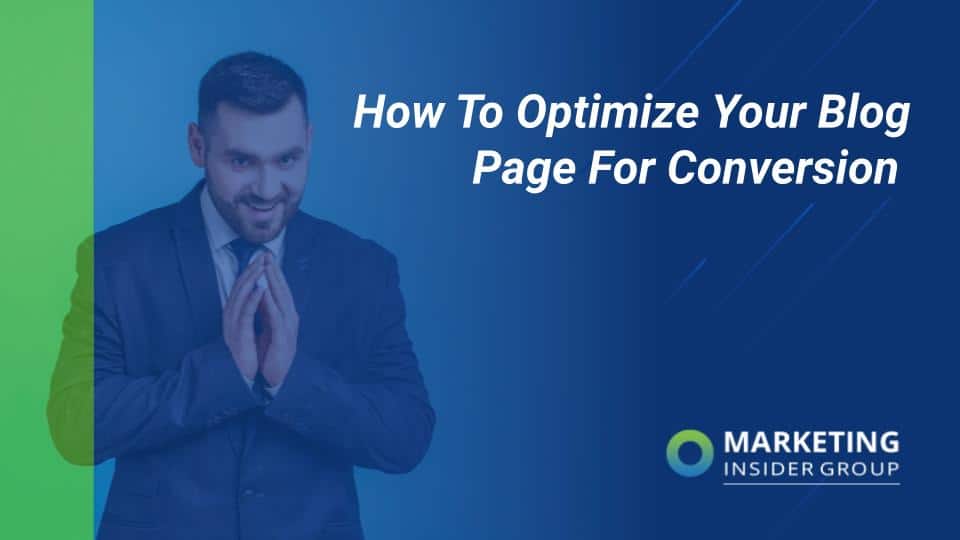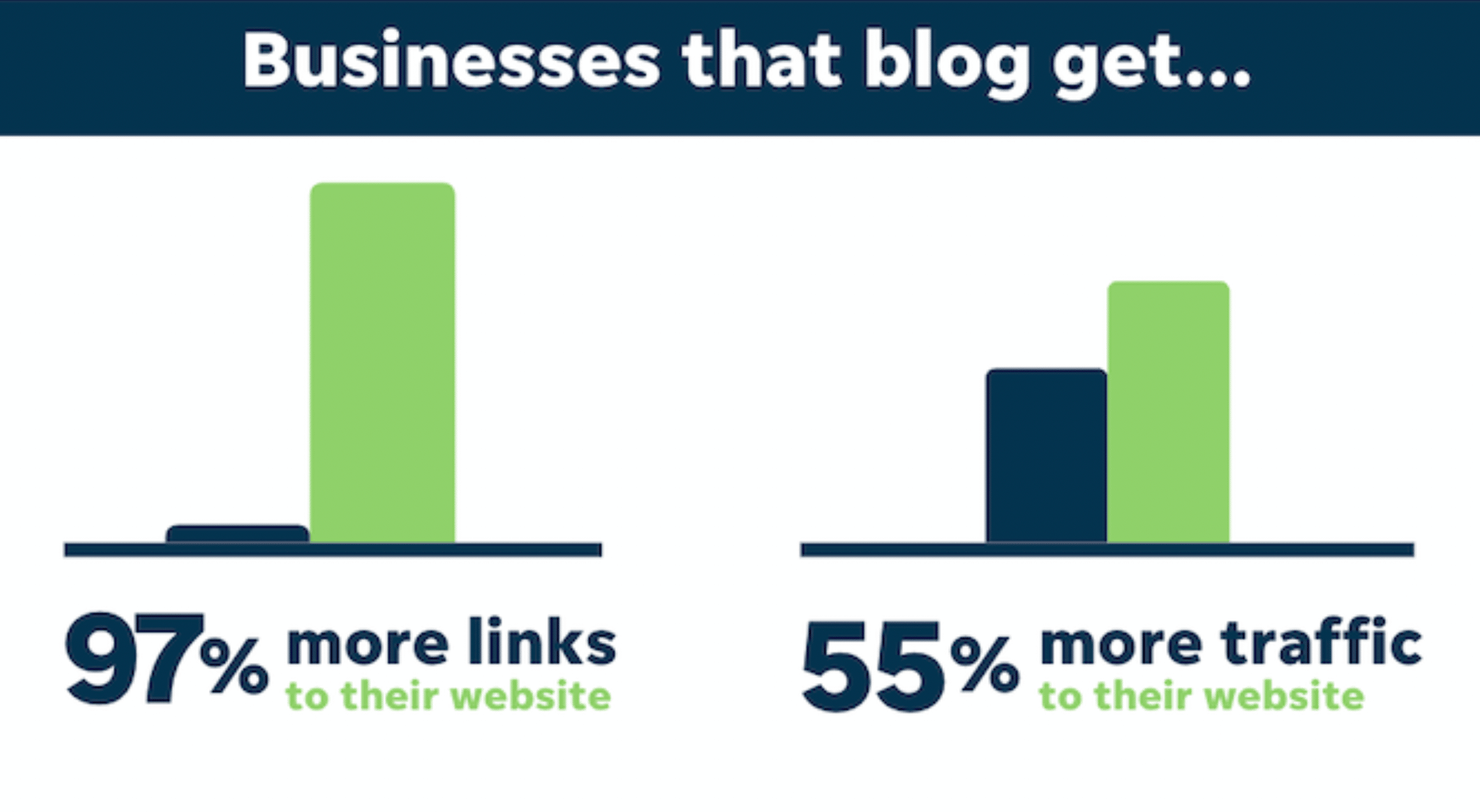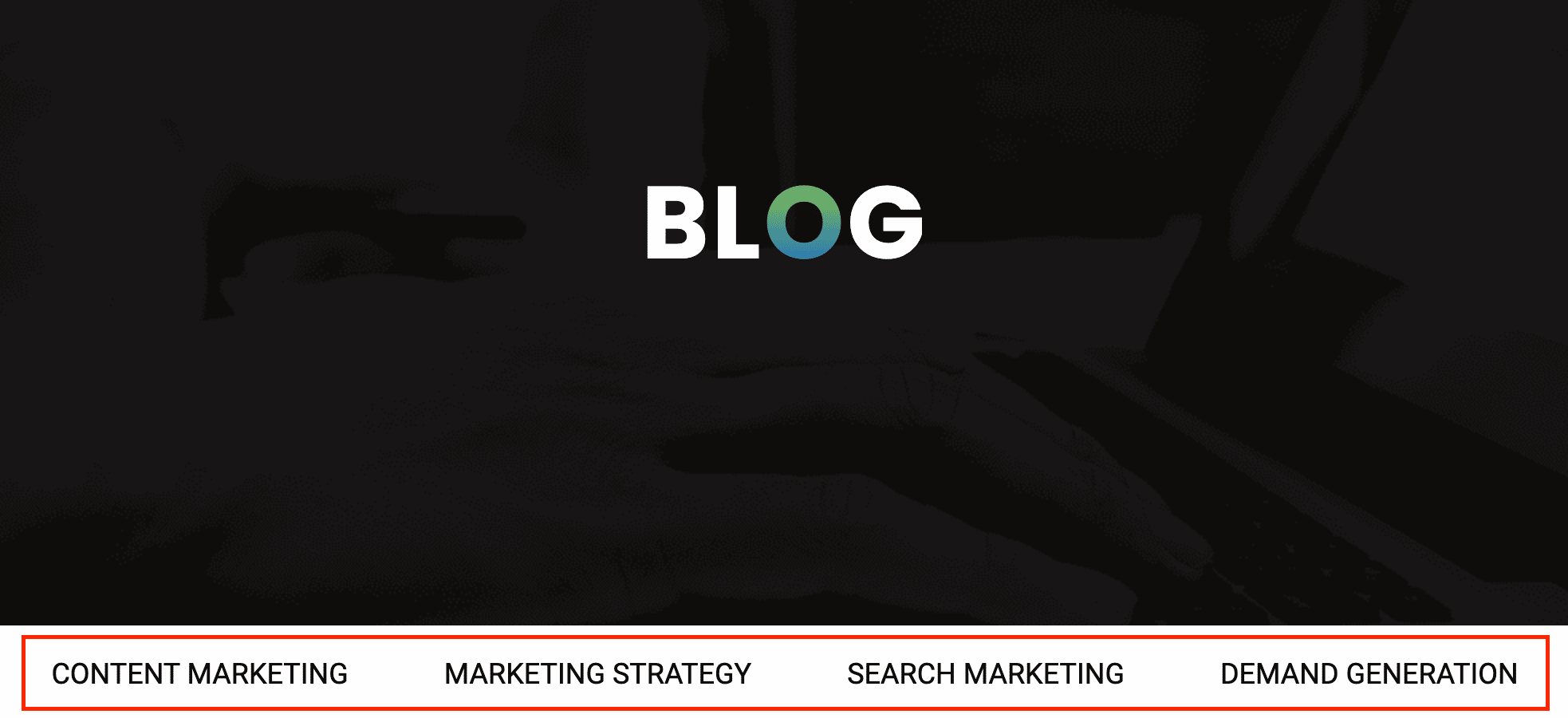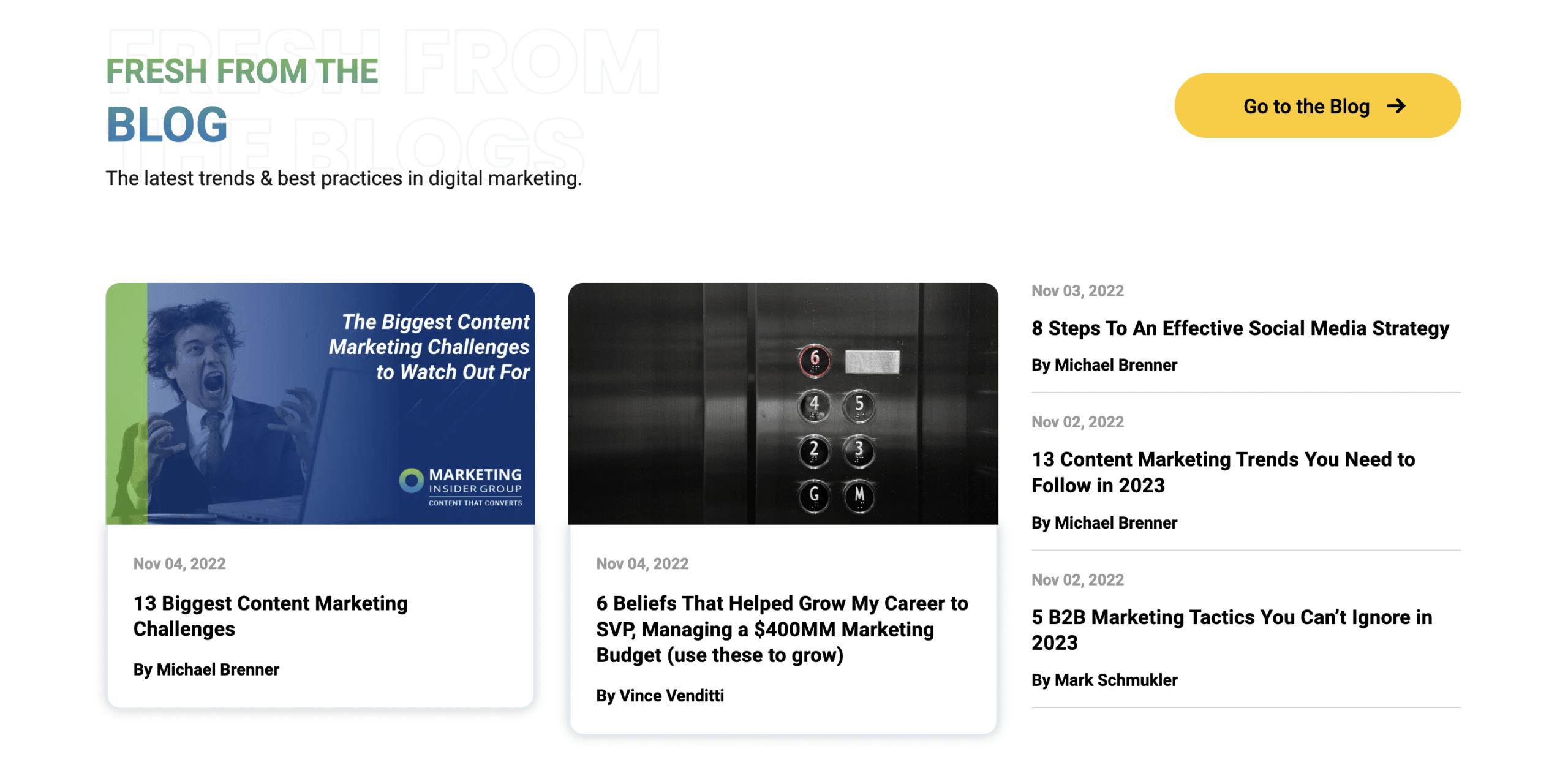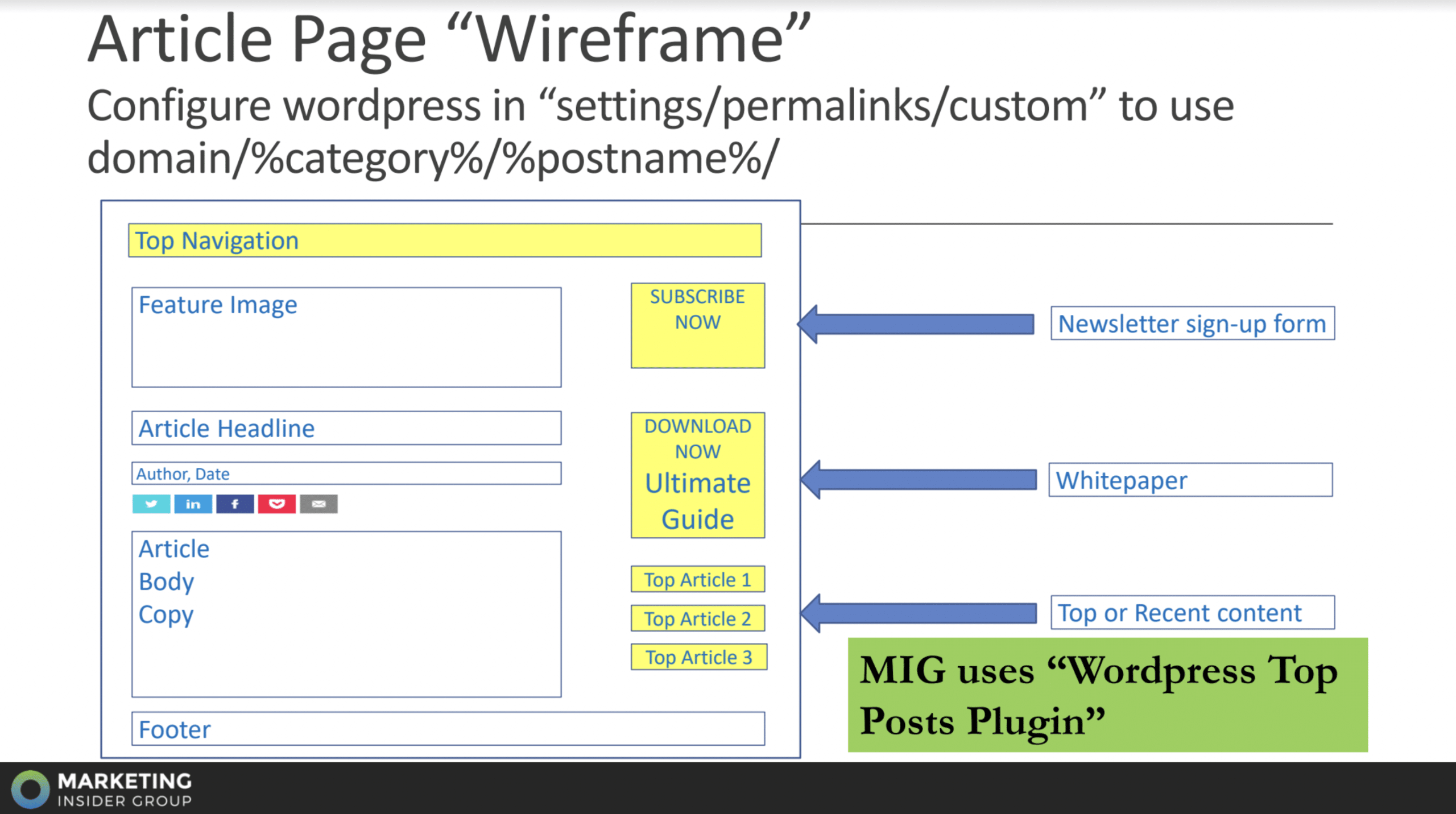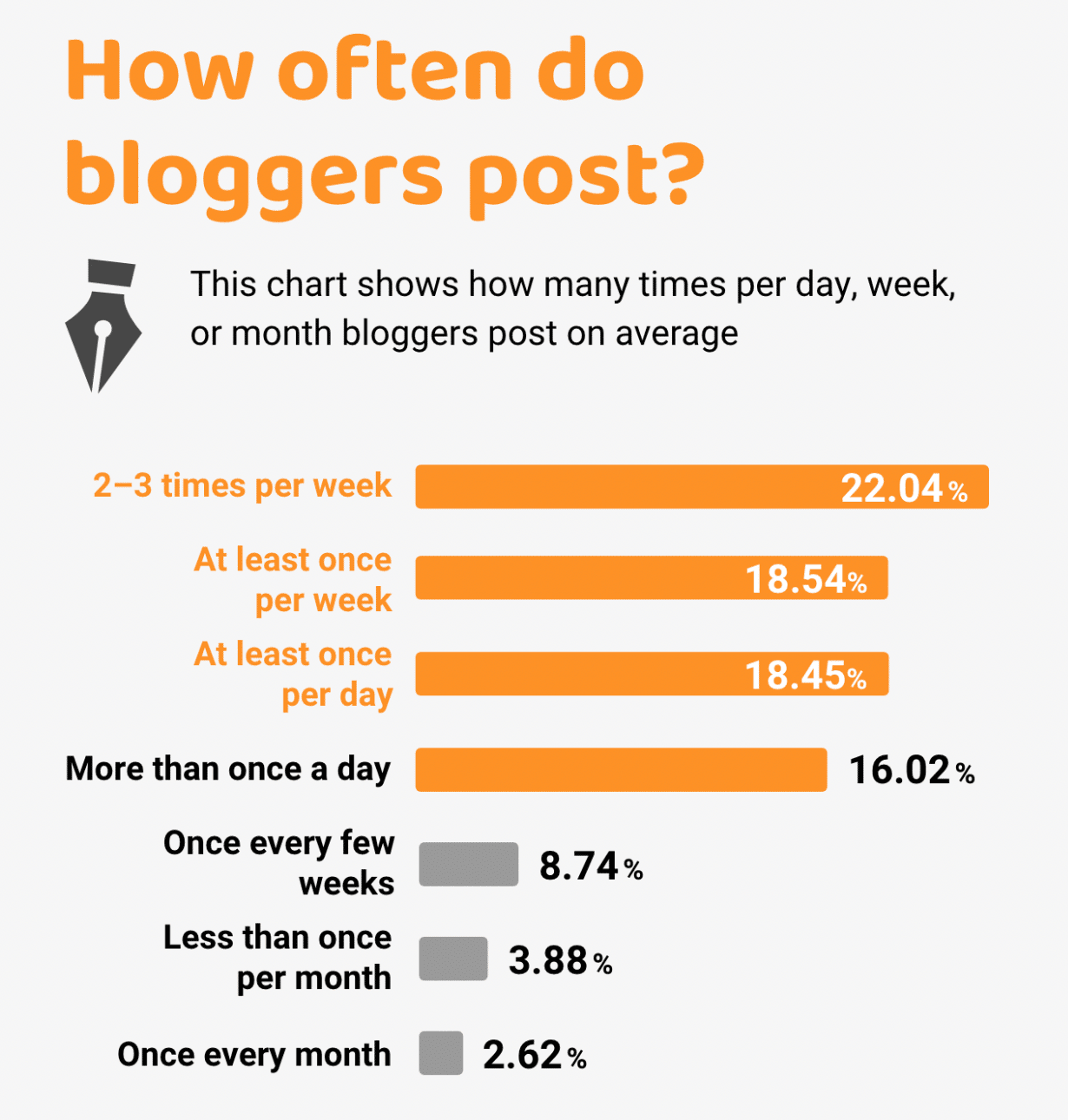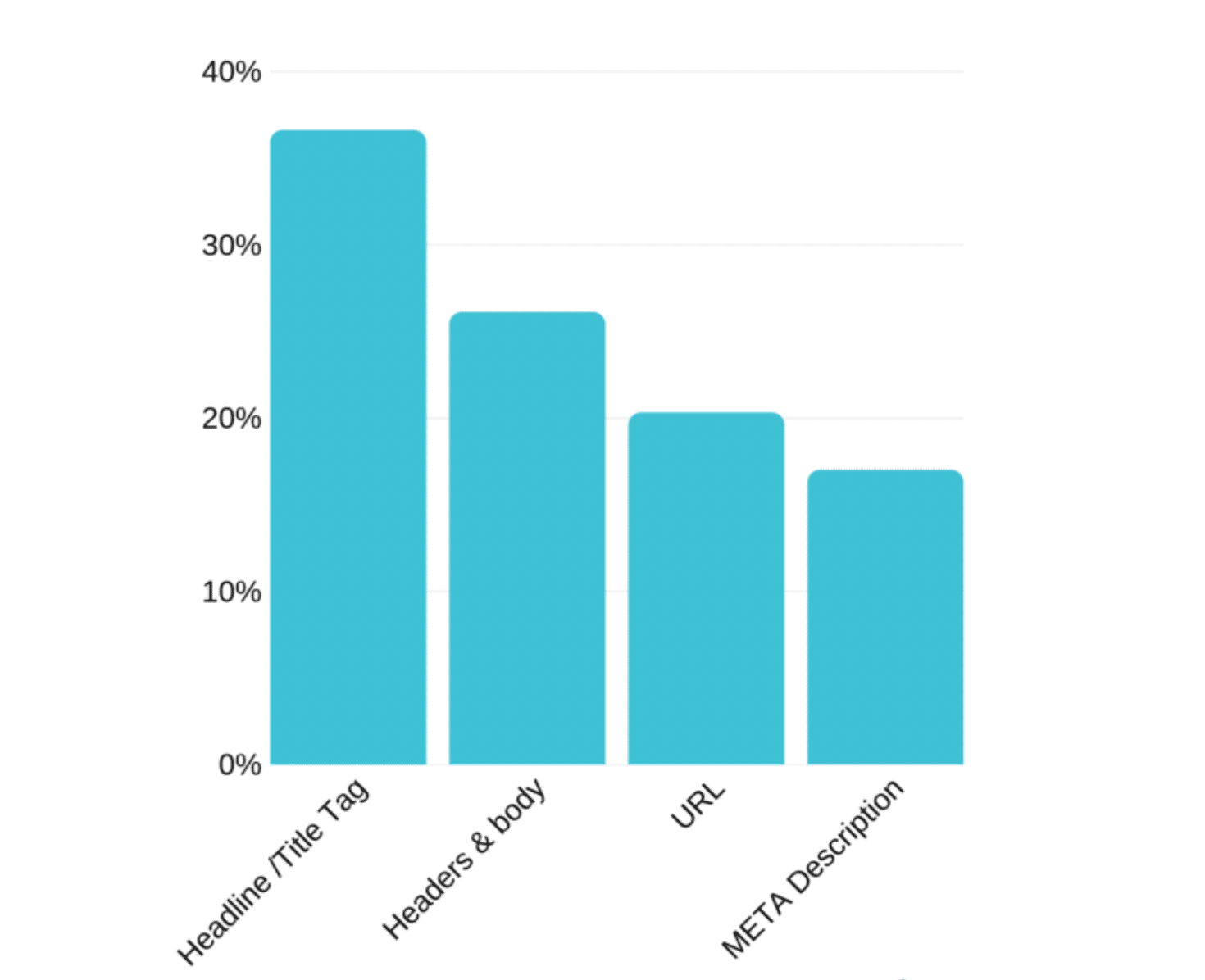A base of one-time buyers is a recipe for a sinking business. To gain a lifelong customer, a business has to embrace customer delight ideas. Your company can only live off of short-term customers for so long — to thrive, it needs lifelong buyers who deliver consistent sales.
Winning customers’ loyalty takes persistence, though. It’s more than covering the basics — fulfilling orders, offering customer support, delivering on-time.
Customer delight is more than a fluffy catchphrase — when taken seriously, thoughtful customer delight ideas are the force behind lifelong customers.
Going above and beyond to create impeccable shopping experiences leaves a powerful impression on your buyers. Feeling appreciated, customers are driven to return to your business and continue making purchases.
Quick Takeaways:
- Customer delight ideas can expand beyond thank you cards and birthday discounts.
- To stand out in a saturated market, you have to be willing to do things differently than you always have.
- Customer delight ideas have the power to strengthen customer relationships and beat out competition (for good).
To help you build long-lasting customer relationships, we’ll break down what customer delight is all about and offer 26 examples of how you can start wowing your buyers.
Let’s dive in.
What Is Customer Delight All About?
Customer delight simply means to create outstanding customer experiences for people in an effort to create and nurture lasting relationships. It’s a way of thinking that goes beyond customer service. Delighting customers usually happens through the use of gifts, rewards, communication, and with the help of your team.
Customer delight ideas are all about going above and beyond to:
- Remind customers why they buy from you and not the other guy.
- Show prospects why they should buy from you and not the other guy.
“You have to be no less than a customer concierge, doing everything you can to make every one of your customers feel acknowledged, appreciated, and heard. You have to make them feel special, just like when your great-grandmother walked into Butcher Bob’s shop or bought her new hat, and you need to make people who aren’t your customers wish they were.’ — Gary Vaynerchuk, “The Thank You Economy”
When you invest in customer delight, you invest in your business. To put things into perspective, consider the following statistics from Help Scout:
- Loyal customers are worth up to 10 times as much as their first purchase.
- 70% of buying experiences are based on how the customer feels they are being treated.
- Americans tell an average of nine people about good experiences, and tell 16 (nearly two times more) people about poor experiences.
So now that you have the facts, the big question is: Where do you start?
How to Invest in Customer Delight Ideas at Your E-Commerce Business
I know what you’re thinking right now: “This all sounds great, but what’s it going to cost me?” The good news is you don’t actually need to spend that much money in order to create amazing experiences for your customers. There are a lot of inexpensive and easy customer delight ideas you can try in an effort to boost repeat business and customer loyalty.
I’ve compiled 26 of our favorite customer delight ideas that you can try this month for your online store. Also be sure to check out our 20 e-commerce growth hacks for 2023!
1. The Handwritten Thank You Card
In this age of automation and instant gratification, a little personalization goes a long way. This customer delight idea is pretty simple: every time a first-time customer buys a product from you, send them a handwritten card thanking them for their business. It’s a powerful way to express your appreciation for their business and it’s a great way to make a great first impression on your newest customers.
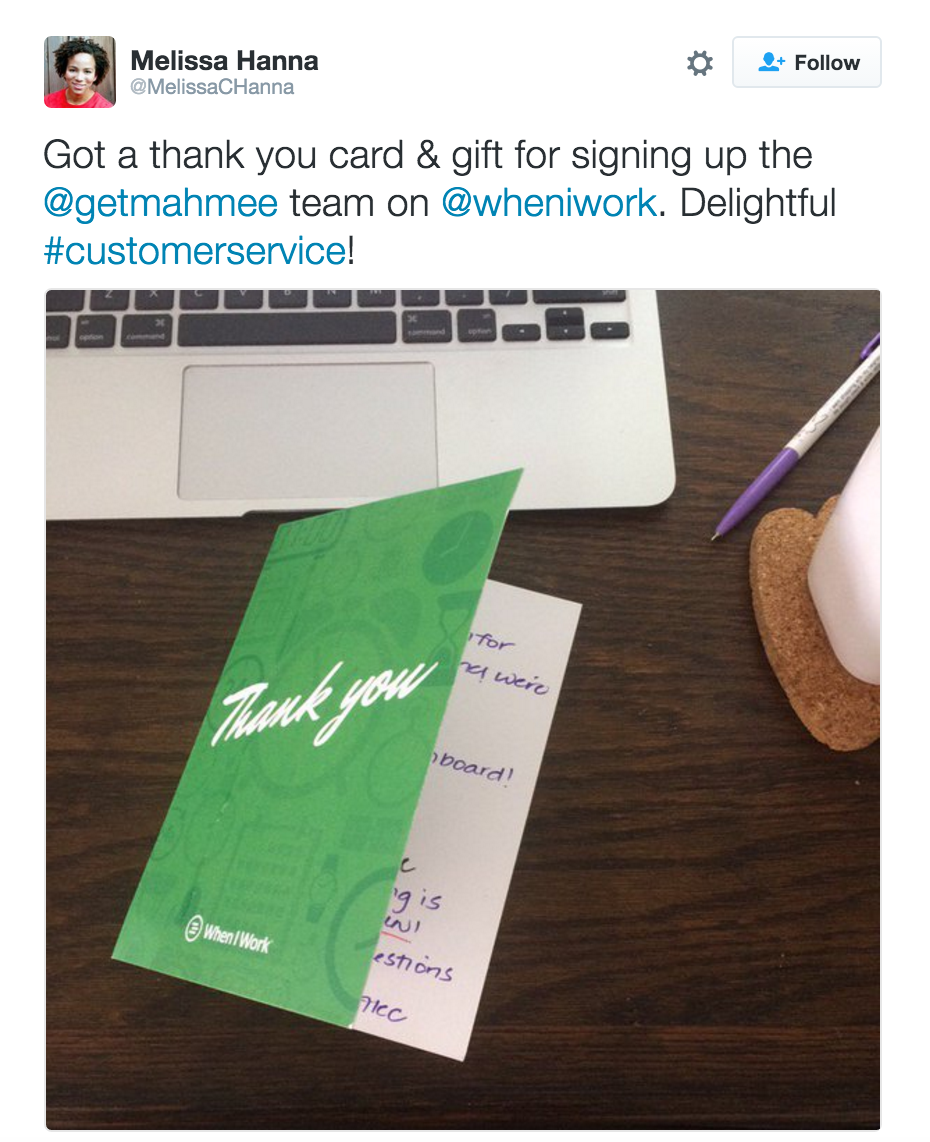
No time to handwrite cards all day long? Don’t sweat it—there are a lot of tools out there that can help you streamline the task—like MailLift, Gemnote, and Thankbot.
2. The Twitter Customer Shout-out
This customer delight tactic can be implemented in a matter of seconds and won’t cost you a dime. Here’s how it works: every week, manually go through your order list and pick one customer to thank on Twitter. Pick a customer that is actively using Twitter and make sure to mention their Twitter handle in your tweet.
Alternatively, you could use a social media monitoring tool like Hootsuite or Sprout Social to find and respond to new customers who are already talking about you. Implementing this tactic on a regular basis is a great way to show current and future customers that there are actually real, caring human beings behind your e-commerce store.
3. The Referral Program
As consumers, there’s nothing better than being rewarded for telling a friend about a company or product we love. By establishing a referral or ambassador program for your e-commerce business that offers discounts, points, or freebies to people who help drive new customers your way, you’re really hitting two birds with one stone.
On one hand, you’re connecting with new customers and driving more sales, and on the other hand, you’re delighting your most loyal customers and brand advocates by rewarding them for telling their friends about you.
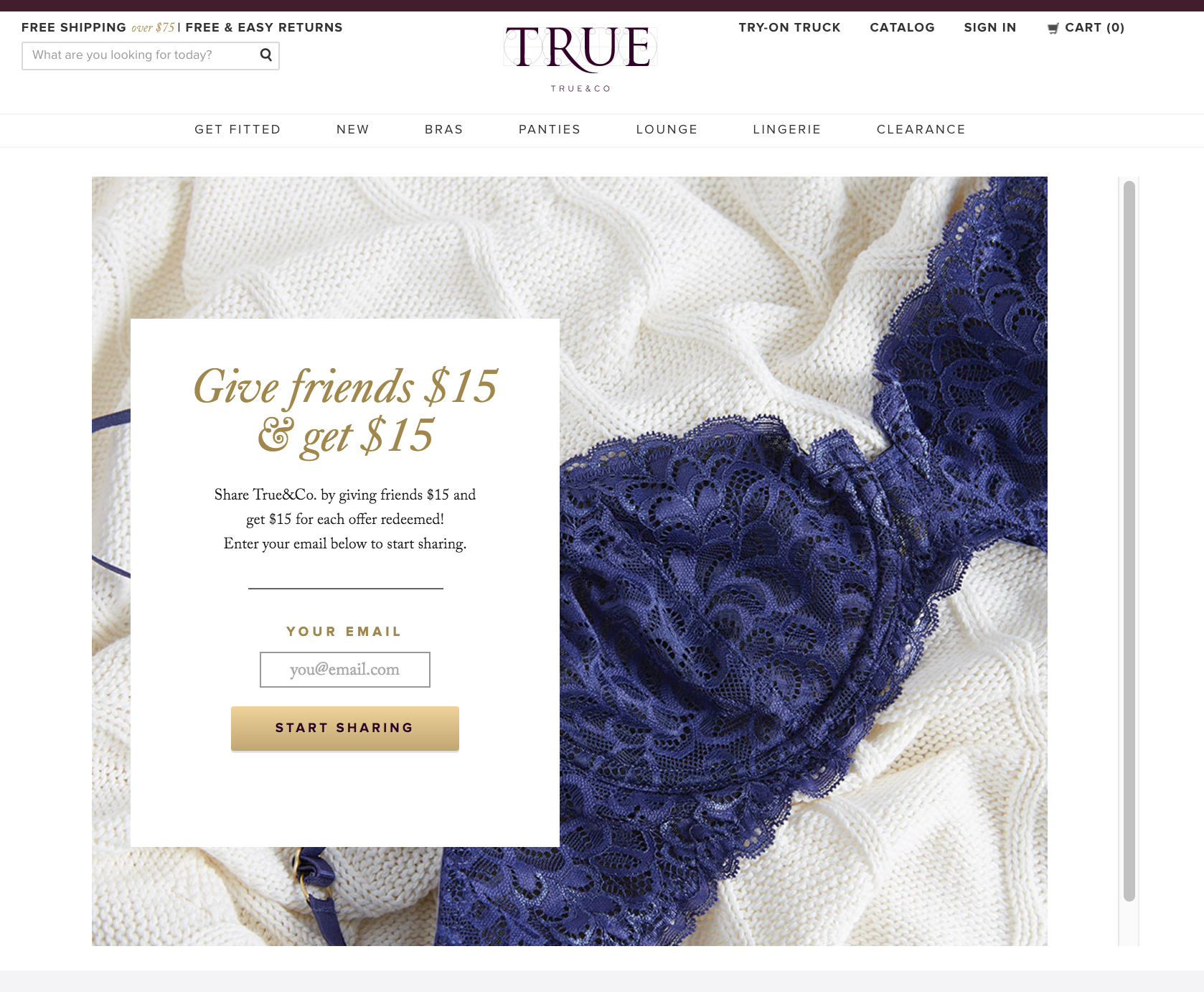
Not sure how to get something like this off the ground? Look into tools like ReferralCandy or FriendBuy—they make it incredibly easy to get programs off the ground.
4. The Free Swag Offer
Everyone loves free stuff—that’s a simple truth that you can easily use to your advantage when it comes to delighting customers.
Implementing this idea is simple: all you have to do is commit to regularly sending surprise gifts with branded swag to random customers on a regular basis. You can either choose to send swag to new customers, to customers who hit a specific milestone (like number of purchases), or to customers who mention your business on social media.
It’s another win-win situation—you get to show a little extra appreciation to your customers, and in return, they tell more friends about you.
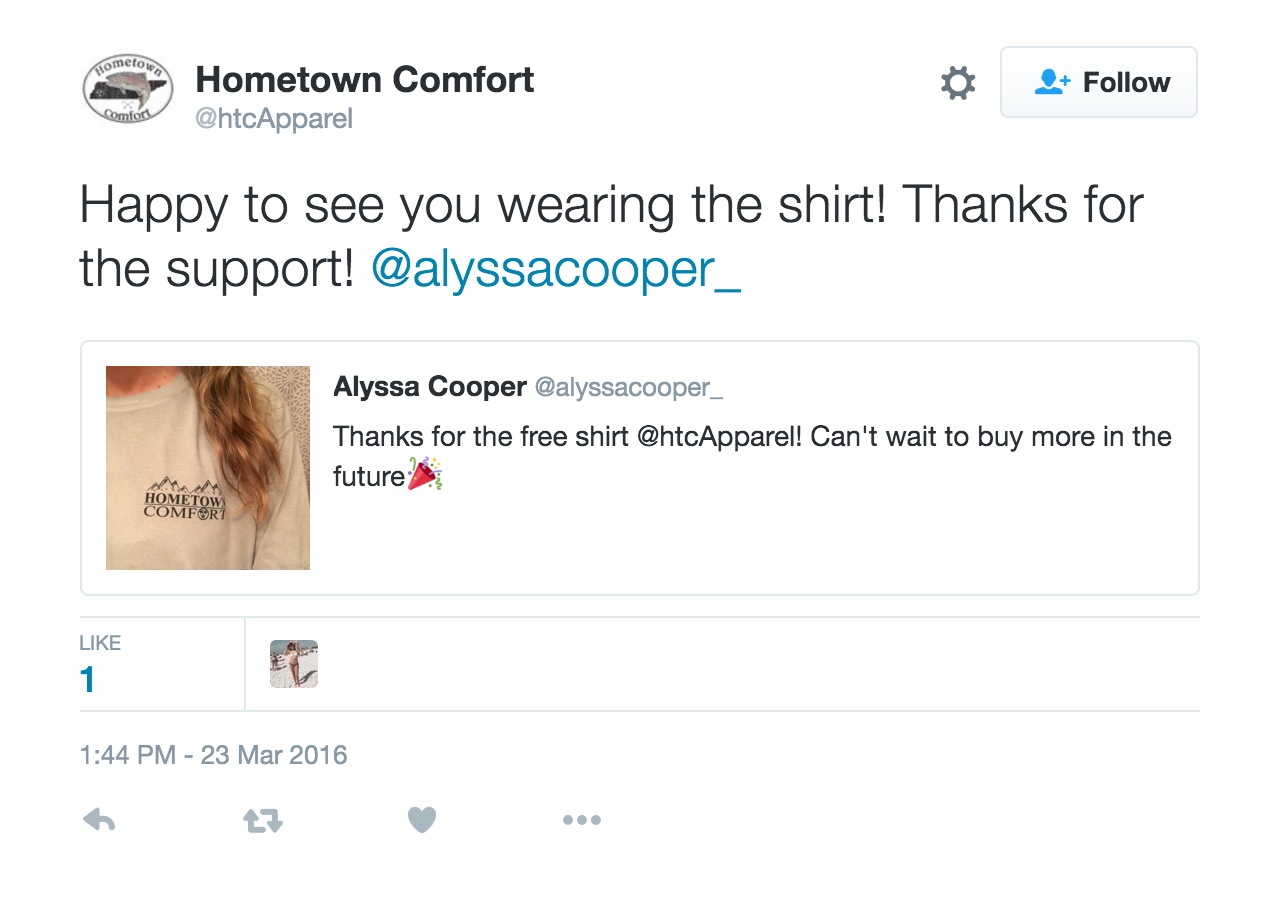
Never made shirts or branded swag before? Use CoedMonkey, CustomInk or Startup Threads.
5. The “How’d They Know?!” Surprise
This idea might seem a bit creepy to some, but if you’re willing to give it a try, you’re almost guaranteed to get some positive brand exposure and social engagement out of it. Here’s the gist of the idea: use one of the social media monitoring tools mentioned above to follow what your customers are tweeting about on a daily basis. If you see an opportunity to send a special gift to a customer based on something you see in a tweet, go for it!
Here’s an example: say you’re scrolling through Hootsuite and you see a customer mention that they’re really excited to see a movie that just came out in theaters. You can go above and beyond to delight them by gifting them a Fandango gift card for dinner and a movie. In the message they receive with their gift card, let them know you saw their tweet about going to the movies and wanted to do something nice as a thank you for supporting your business. It’s a great way to go the extra mile and impress people!
Some might call this idea a bit “stalker-ish,” but I think of it as an opportunity to differentiate and WOW 
6. The Honest Email
As mentioned in my introduction, customer delight doesn’t always have to be about gifts or rewards. Sometimes, it’s just about being open and honest with people. One of the best and most effective ways to invest in customer delight is by committing to honesty when it comes to communicating with customers.
For example, if something went wrong and an order didn’t process or ship in time, or if the wrong products were sent, go the extra mile by being genuinely sorry and honest about it in an email to your customer. If you can avoid it, try not to make this email seem automated (even if it is). When it comes to boosting customer loyalty and repeat business, just having the guts to say, “We’re sorry” can go a long way.
7. The Social Savvy Brand Advocate Follow-Up
This customer delight idea is also pretty simple: here’s how it works. If a customer reaches out to you on social media with nice things to say, don’t miss the opportunity to respond and engage with them! It’s important to remember that when it comes to communicating publicly on social media, you’re not just talking to one person, you’re talking to many.
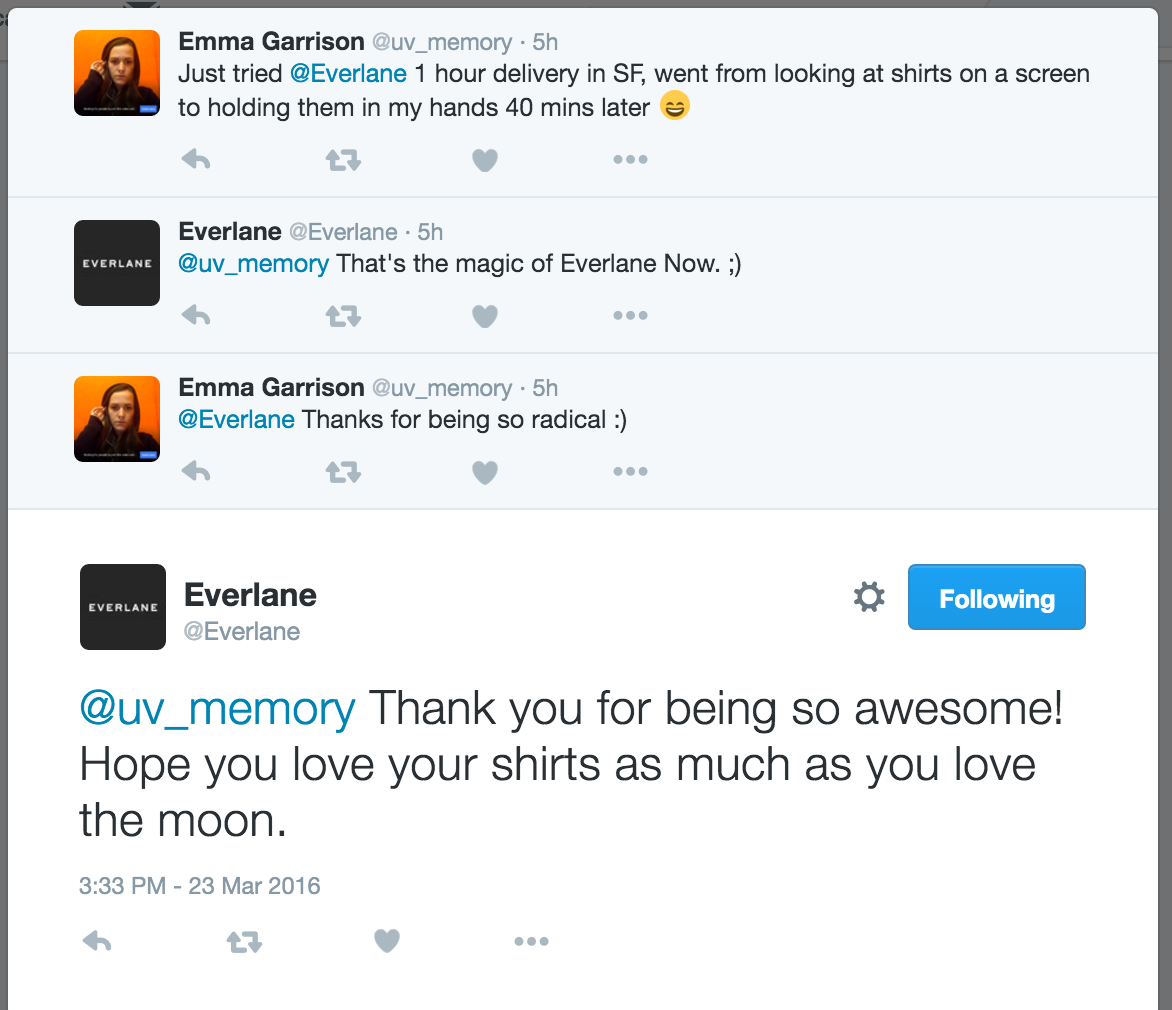
Having authentic conversations with customers on Twitter is not only a great way to boost loyalty and repeat business, it’s also a great way to make a good first impression on potential customers who are reading your social media updates and trying to decide if yours is a business they want to support.
8. The Random Free Shipping Day
Want to make your customers smile? Delight them with free shipping! Let’s be honest—everyone hates paying shipping costs. Go out of your way every so often to show loyal customers that you appreciate their business by sending them an email campaign offering a free shipping promo code.
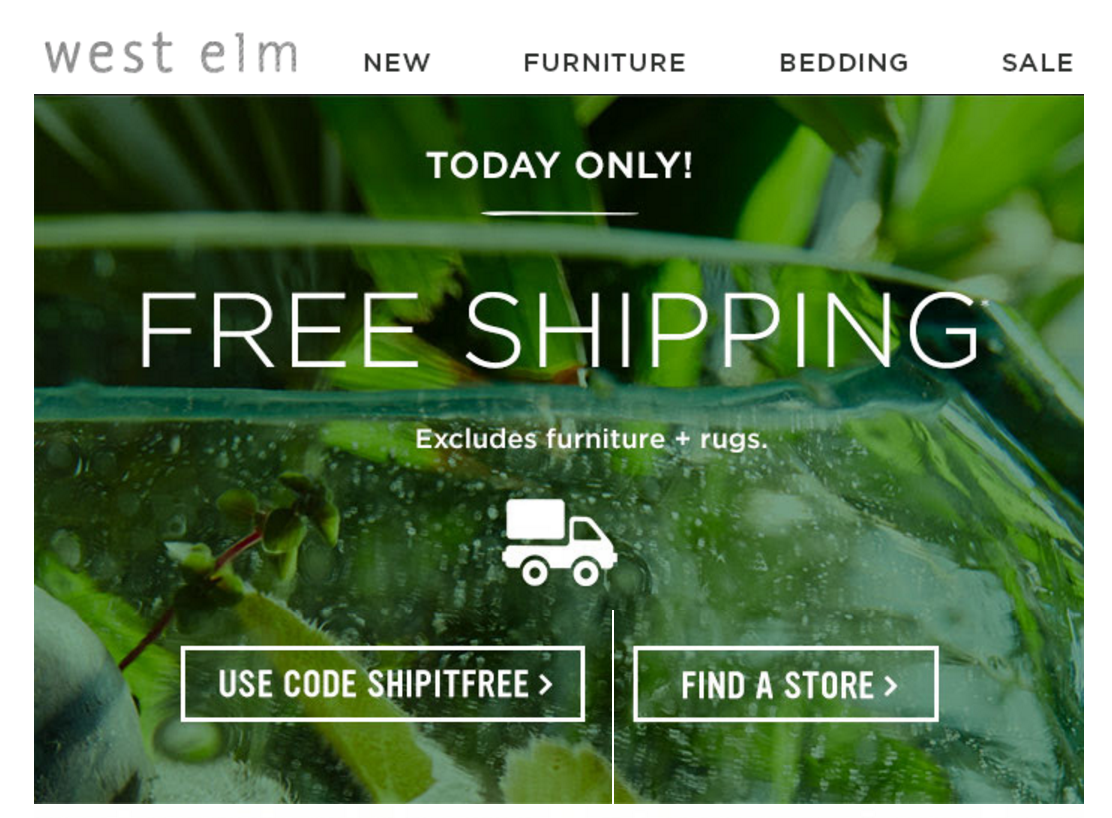
As with most of the ideas mentioned in this post, it’s not only a great way to thank customers, it’s also a fantastic way to connect with new customers and drive more first-time sales.
9. The VIP Product Tester Program
People love feeling like they’re part of something exclusive. As an e-commerce business owner, you can take advantage of this truth in a number of creative ways. One of my favorites is by inviting customers to become what I call VIP Product Testers. Here’s how it works: each month, send out new products or product samples to a select group of loyal customers and ask for their feedback. You can invite more people to the closed program based on a milestone, such as number of purchases or total amount of sales as a customer.
When it comes time to send your products out to your team of VIP Product Testers, make sure to document the process and share on social media with your followers. It’ll help spark interest and make your select group of customers feel even more special.
10. The Availability / Transparency Promise
This idea is pretty simple, and it goes back to what was mentioned in the introduction and in tip #6—delighting customers doesn’t always have to be about sending them gifts. Sometimes it’s as easy as simply being transparent about when your customer service team is available to help. You can delight customers by sending them a welcome email that includes a promise statement about your availability.
Consumers want to feel like they can reach out to you or someone on your team when they need help or have a question about one of your products—delight them by setting expectations about customer service from the moment they become a customer or subscribe to your list.
11. The Personalized CEO/Owner Email
On a similar note, you can also delight customers by sending them important, personalized messages from the CEO/Owner of your e-commerce business. For example, you could send a plain-text, personalized thank you email that comes from the CEO as soon as someone becomes a customer. You could also send a personalized email from the CEO when you want to announce the launch of new products or special campaigns.
For many e-commerce businesses, writing manual emails in this way is out of the question—and that’s OK. There are plenty of email tools like MailChimp, dotMailer or Campaign Monitor that allow you to create automated emails that appear to be delivered manually from an individual.
12. The #DayMade Random Gift
Another great e-commerce customer delight idea worth testing involves sending special gifts to a select group of random customers who have bought from you in the past. It’s a great way to surprise people who have supported your business in the past, and it can also be an effective way to spark renewed interest in your products.
Here’s how to test this one: compile a small list of repeat customers who haven’t purchased lately. Once you have your list compiled, send them a free product with a note thanking them for being your customer in the past. To really go the extra mile, offer them 50% off their next order if they snap a photo, share it on social media, and tag your business.
13. The Commitment to a Cause
A lot of startups and e-commerce companies in recent history have been building business models centered around social entrepreneurship—the idea that in addition to making and selling products, you also are committing to using part of the profits you make to support a specific cause. The best and most well-known example of a company investing in this type of business model is TOMS. As an e-commerce business owner, you can piggyback off of this idea, but start on a much smaller scale.

Today’s consumers want to support companies that are willing and interested in helping make the world a better place. Delight your customers by supporting a cause that you care about, or one that aligns closely with the type of product you sell.
14. The Free Samples Campaign
Another trend that has been becoming more prevalent in the e-commerce world involves sending free samples to customers before they buy. This obviously takes more planning, coordination, and available inventory, but when done right it can be a fantastic way to delight customers, build loyalty, and boost sales.
The most well-known company that implements this idea is Warby Parker—they ship 5 frames to prospective customers for free in order to help them make the right decision before they buy a new pair of glasses.

If you can afford to do it, sending samples to potential customers is a great way to show them you’re not just in it for the money—but that you actually care about providing people with the right products and solutions for their needs.
15. The Employee Appreciation Event
You might be a little confused at the title of this customer delight idea, but stay with me. If your business is like most businesses, your employees are a huge part of your ability to succeed and grow. If that’s true for your business, then one of the best ways to delight your customers is by keeping your employees happy. If you want your employees to possess the same level of commitment to serving your employees that you possess, then it’s important to take time to appreciate and reward them for their hard work.
An employee appreciation event doesn’t have to cost a lot of money—it just needs to be intentional and genuine.
16. The #TreatYoSelfLocal Campaign
If you know where your customers live, try surprising your best customers by sending them a $5 gift card to a local coffee shop or restaurant in their area. What this tactic does is show that you actually care to get to know your customer. Here’s how to do it: find a customer who has mentioned your company recently on social media, or left you a positive review somewhere online.
Reach out to them and ask them for the name of their favorite coffee shop or restaurant in the city where they live. Tell them you’d like to send them a free gift for spreading the word about your business. Use Postmates to deliver your local gifts to customers. It’s a relatively inexpensive and simple campaign, but it has the potential to result in more word-of-mouth testimonials from someone you know is already willing to tell their friends about your business and products.
17. The Branded Box
As mentioned in the introduction, customer delight is all about creating outstanding experiences for your customers. If you don’t already use branded packaging or boxes for your products, it’s worth a try. Unboxing experiences have the potential to go viral in the right situations, especially as photo-sharing sites like Instagram and Snapchat continue to grow in popularity among savvy consumers of all ages.

More and more companies have been investing resources into creating branded packaging in recent years as a way to excite customers and differentiate from competitors. If you can afford it, it’s a worthwhile test to run for your e-commerce business! If you can’t afford a printed box, consider slapping a branded sticker or stamp on your box. A little extra effort and attention can go a long way in the minds of your customers.
18. The Loyalty Program
The final customer delight idea might be the most obvious—but it’s still worth mentioning. If you haven’t done so already, consider creating a loyalty program that rewards customers based on the number of times they purchase products from you. It’s a great tactic for driving repeat business and boosting customer loyalty. Tools you can use to set your program up: Sweet Tooth, Collect Loyalty For Shopify, Signpost, and Loyalis.
19. The Little Something Extra
Similar to our thank you note example from earlier when someone makes a purchase it is delightful to receive something unexpected. It could be as simple as a sticker or a pin, but unlike regular swag, this doesn’t need to be branded material. For example, when you make an order from Harney & Sons online, they’ll include free samples of one of their new or popular teas. It’s just one cup, but when the customer goes to make that cup it reminds them that it was included on top of their existing purchase.
You can combine this with your handwritten thank you notes as well, like karmic, who sent over a handwritten thank you note, stickers, and a T-shirt.

20. The Customer Testimonial/Highlight
Offering to feature someone on your blog is another way to delight your customers. Find a customer who is getting the most out of what you offer and seeing positive results. You can reach out with a quick email that asks them about being featured on your blog or your company’s social media channels. This is a great way to show customers how well your product performs when being used to its fullest potential, and the customer providing the testimonial will be able to plug their business as well.
You’ll make the customer happy, give them an opportunity to talk about your product, and help them promote their own by linking back to the customer’s site in the testimonial.
21. The Way to Listen to Your Customers
When a customer makes a purchase of your product they’re buying into an idea about what your company has to offer. Whether that idea meshes perfectly with their purchase or not, they will always let you know. And that’s a good thing! Direct customer feedback is one of the most powerful tools in product development. But how do you make that process delightful?
Be honest. Providing clarity and advanced notice of any upcoming releases is a good practice. When your customers request a new product, or give feedback on an existing one, it’s important to acknowledge and understand their position. If they provide feedback on something that you’re working to change, let the customer know that and provide a timeline.
Always thank them for bringing this to your attention and make sure that you collect their email address. That way, you can get in touch with any customers who reached out once changes have been made to your product or new features are released. You can make a customer feel more valuable when they provide you with feedback and it is addressed in an open and honest way.
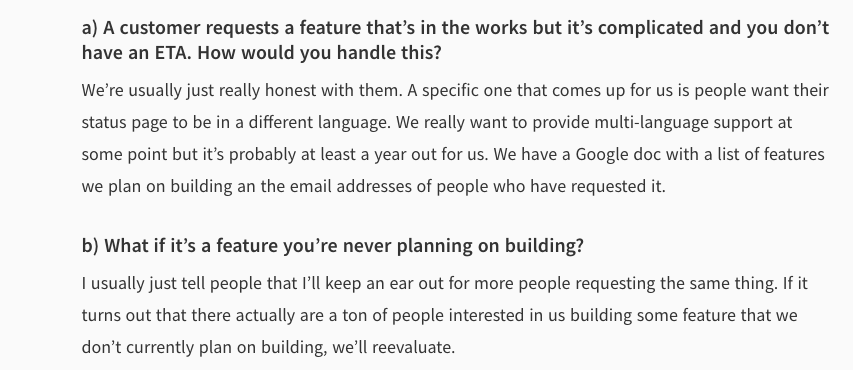
22. The Anniversary Gift
It’s easy to write off one-time buyers, or short-term customers, if that’s the only way you think about them. When you change that thought process from making a sales to building relationships being delightful is simple. Celebrating the anniversary of a sale shows your customers that their purchase truly matters. That purchase marked the beginning of a new stage in your relationship. They’ve gone through the process of seeking out your company, researching the competition, and decided that your offer was the best fit. When you acknowledge this fact it reminds the customer why they made that choice in the first place.
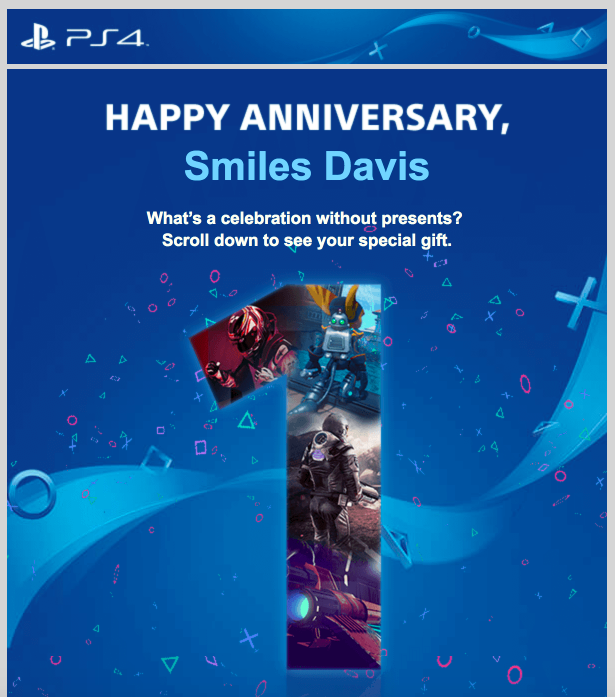
23. The Product Roundup
You know how your product works better than anyone. It’s easy to delight your customers by providing the best solution for their problem, but you can do more. By curating a list of similar products or services that can help your customers grow, you’ll be positioning yourself as a subject matter expert in the field. Try including some product recommendations in your monthly newsletter, or show how you used a particular product successfully.
Online retailer Huckberry does a weekly email they call “The Rundown” featuring previous customers, their own staff, and influencer recommendations on products, books to read, travel tips, and more.
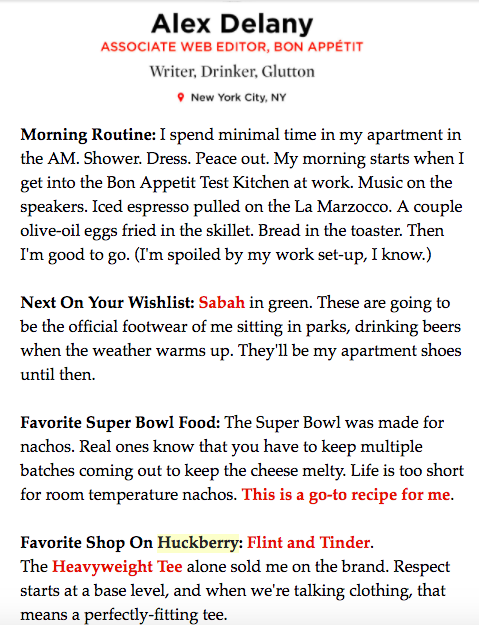
You can also use this as a way to feature any new integrations with your service and get feedback on how to improve them. Each customer has their own ecosystem of products, platforms, and services to use every day, and your suggestions might be exactly what they need to make things run a bit more smoothly.
24. The Personal Touch
We’ve said it several times, but being delightful doesn’t always mean that you need to offer something free to your customers. Sometimes, it’s as easy as making a personal connection. Check out these email signature videos from Wistia. By adding a quick video to their Customer Success Coach emails, they were able to introduce themselves, make a connection, and add a little personality in less than a minute.
These videos helped Wistia increase initial engagement with this email and keep their email subscribers engaged longer.
If you don’t have the ability to create a quick video, including GIFs is another great way to add personality and have a little fun with your interactions. Try Boomerang or the GIPHY app to create a gif of your team waving, or giving the thumbs up, and include it in the customer’s receipt. Just make sure it looks like you’re having fun!
25. The Welcome to the Family Invitation
Another great way to delight your customers is connecting them with other people who share their passion. You can create a space for your customers to interact with you as well as each other using a number of different platforms. This can be as simple as a private Facebook group or a forum on your website dedicated to customers. If you’re Glossier, you can create exclusive Slack channels to connect with your best resellers. Not only will this foster a sense of community around your product, you’ll be building brand advocates too.
You can use this platform to offer a special sale for existing members, or submit new product ideas to your previous customers for feedback. Including them in the conversation helps build better, long-lasting relationships. Those relationships will only grow as you continue connecting directly with an audience.
26. The Milestone Celebrations
Earlier we suggested celebrating the anniversary of your customer’s first purchase, but that’s not the only cause for celebration is it? If you’re offering a service to customers, you can congratulate them once they’ve reached important milestones. These can be big wins like getting 1000 opens on your first email newsletter, or small steps to being successful, like making a payment on your first invoice.
You can also use the milestones to help remind customers how they can move forward, like Evernote in this example from the Appcues blog. It’s a great tactic for connecting with your customers as well as reinforcing the impact that your product has on their lives.
What other customer delight ideas have you tried or heard about? What’s worked well for you and what has fallen flat? Tell me in the comments below. I’d love to hear from you.
